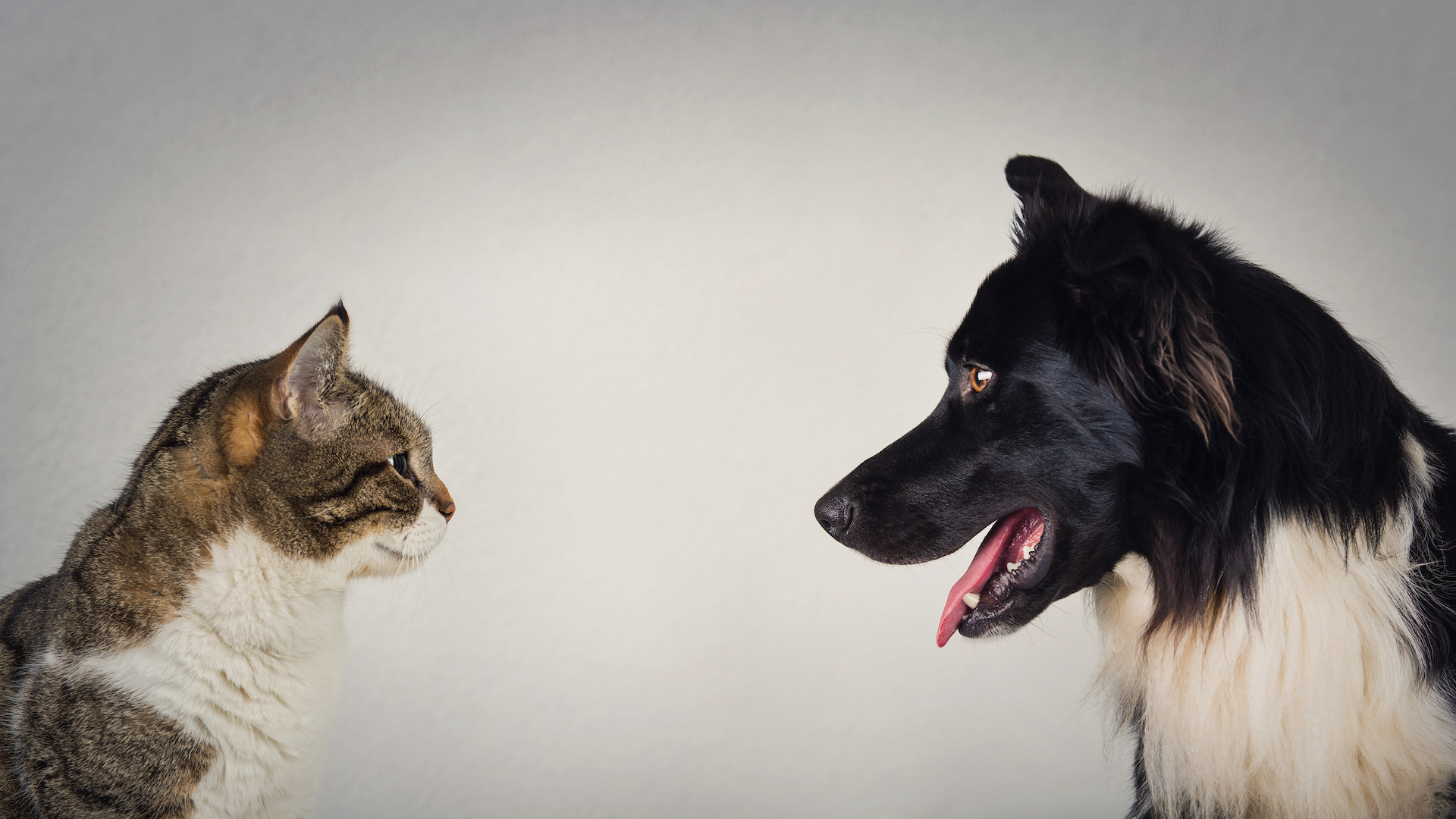
It’s the ultimate question between pet owners – which is better, a cat or a dog? Well, here, we're counting down 32 reasons why dogs are better than cats. The ailurophiles (cat lovers) will immediately arch their back and sharpen their claws to tell you exactly why cats reign supreme, while the cynophiles (dog lovers) will rather more endearingly persuade you otherwise.
The two species are the most common household pets, and each side can argue eternally on which merits top billing. Cats are more independent, dogs are more loyal; cats are cleaner, dogs are more fun. And so it goes on...
For those who cherish a faithful companion who provides a loving gaze, a furry cuddle and – best of all – a delightfully wagging tail, dogs are the answer. A protector, part of the family, and man’s best friend. Here are some of the reasons why dogs are better than cats (cat people, look away now).
32 reasons why dogs are better than cats
1. Man’s best friend
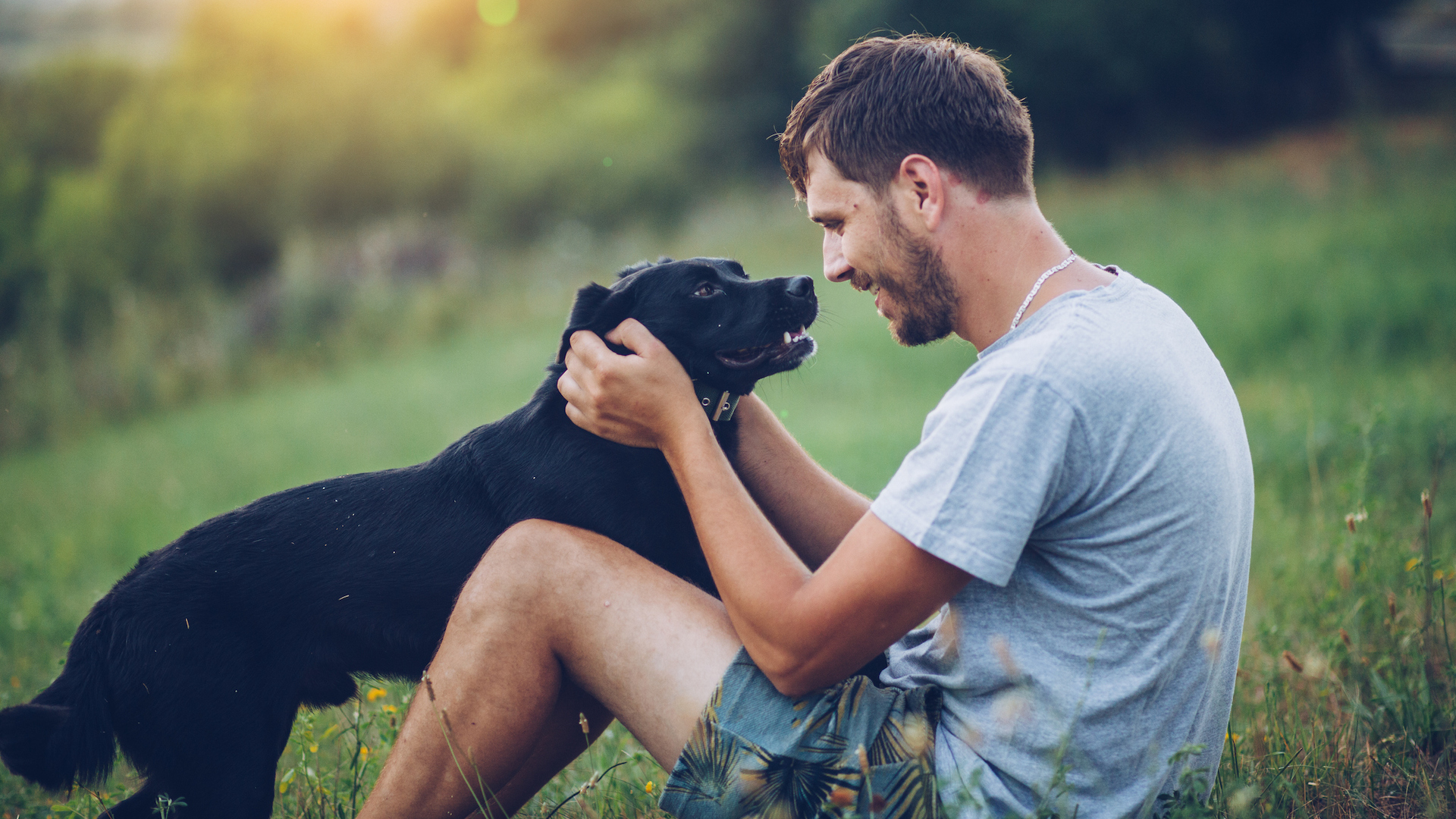
Dogs are faithful companions, always. Cats are your friend when they want to be. Dogs have been domesticated for some 30,000 years and there is an element of co-dependency between us and them, hence the expression “man’s best friend”. Cats – who have been domesticated far more recently – would probably be perfectly fine, in body and soul, without us.
2. Dogs keep us fit

Dogs require daily exercise. Whether you have a very active breed such as a Springer Spaniel, or a more sedentary one such as a French Bulldog, you’ll need to put in a certain number of steps every day. Some dogs can run for hours, next to a bike or out with with horse riders; others are happy with a gentle stroll in the park, but either way they get you on your feet and out the door.
There is the odd cat that follows its owner on a walk for a spell, but ever seen a cat on a leash? They decide when, where, and how they will exercise, and you don’t need to play a part.
3. The variety of dogs
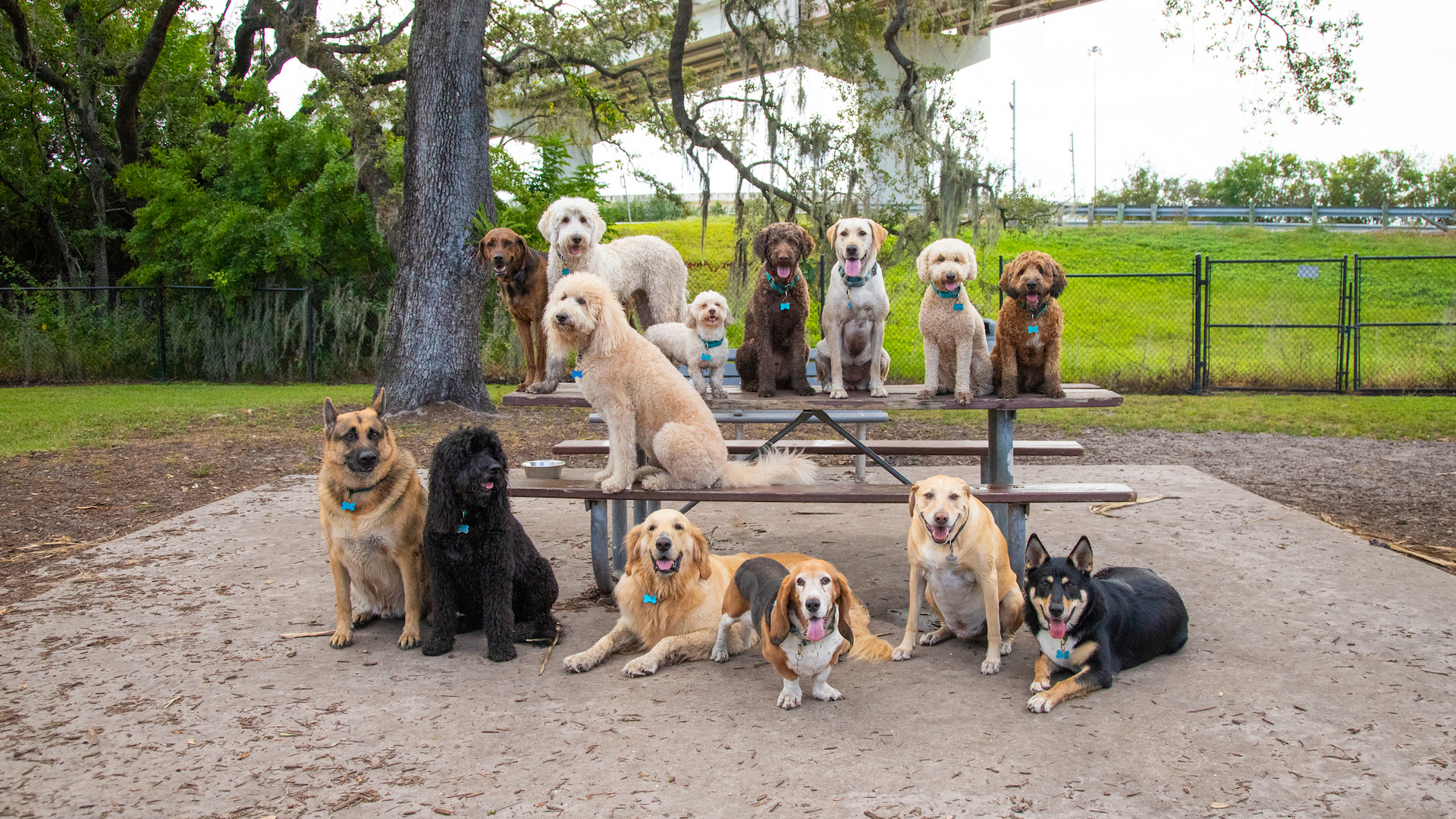
There are different breeds of cat, of course, but even the size range between the tiny Singapura to the massive Maine Coon, pales into comparison with the Chihuaha to the Great Dane. And cats are pretty much the same overall shape. Yet you might even wonder if a Shih Tzu is the same species as a Rhodesian Ridgeback. Dogs have so much variety within their features, from pointy or bat ears to long droopy ones; fluffy tails to thin ones; long noses to brachycephalic snouts.
Some 200 canine breeds are recognised by the American Kennel Club, whereas The International Cat Association registers only 73.
4. Guide dogs
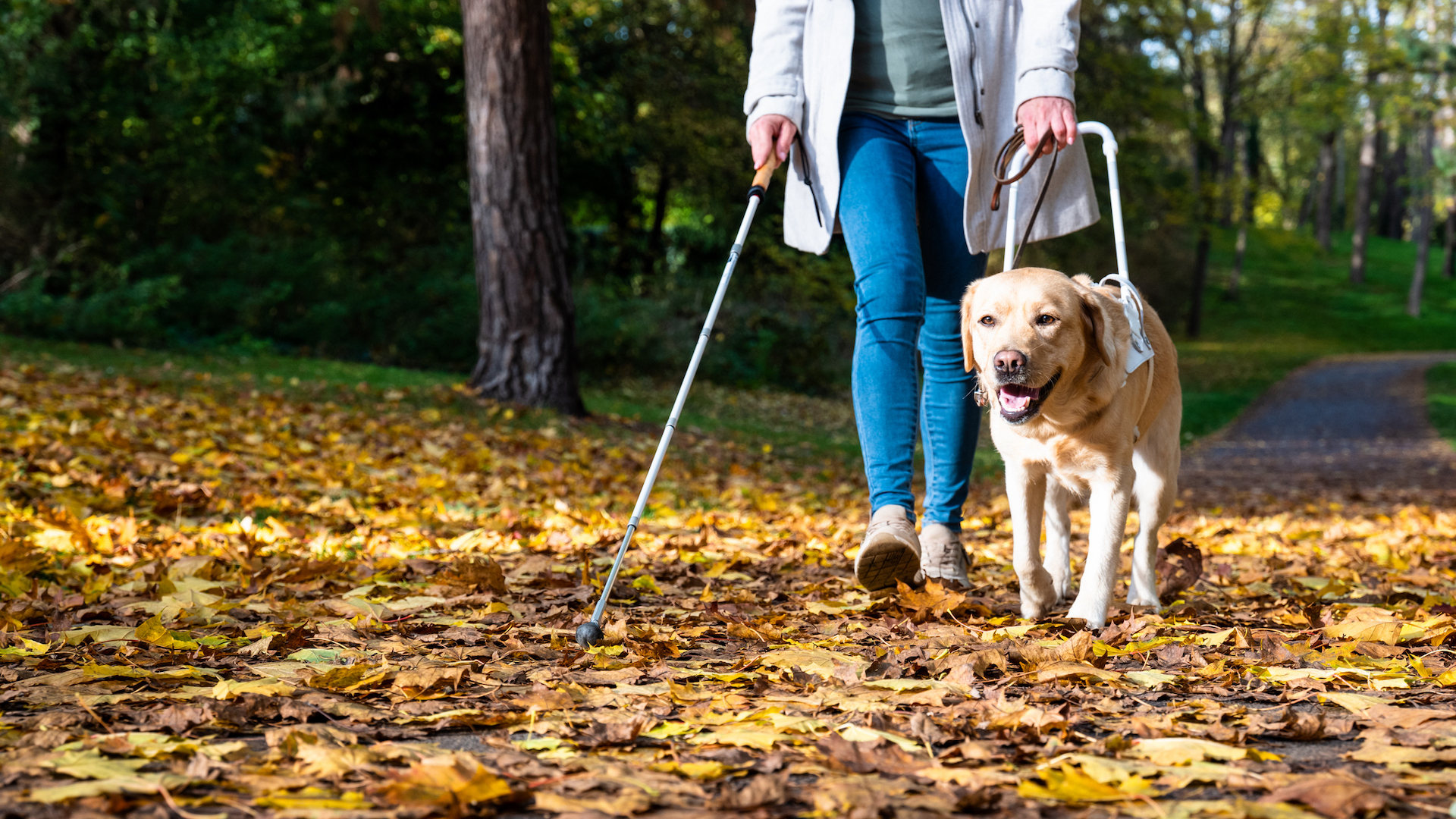
Need we say more? Dogs give blind people the freedom to go about their daily lives. They can guide their owners in straight lines, stop at curbs, traffic lights, stairs and help them navigate unfamiliar environments. This mobility can lead to greater independence.
5. Your guardian and protector
A cat will protect itself with a hiss and a snarl (and running away), but if you want a bodyguard, pick a dog. Whether they’re a soppy spaniel, a tiny terrier or a stocky Rottweiler, they will defend their human as though their lives depend on it. Cats will simply look after number one.
Dogs instinctively protect their home – their territory – and can ward off intruders simply with a bark or a growl. And sometimes it’s the smallest dog who has the biggest bark. Think of them as a built-in alarm system in your home.
Some of the best guard dog breeds are used in many security roles, in the military as well as private protection.
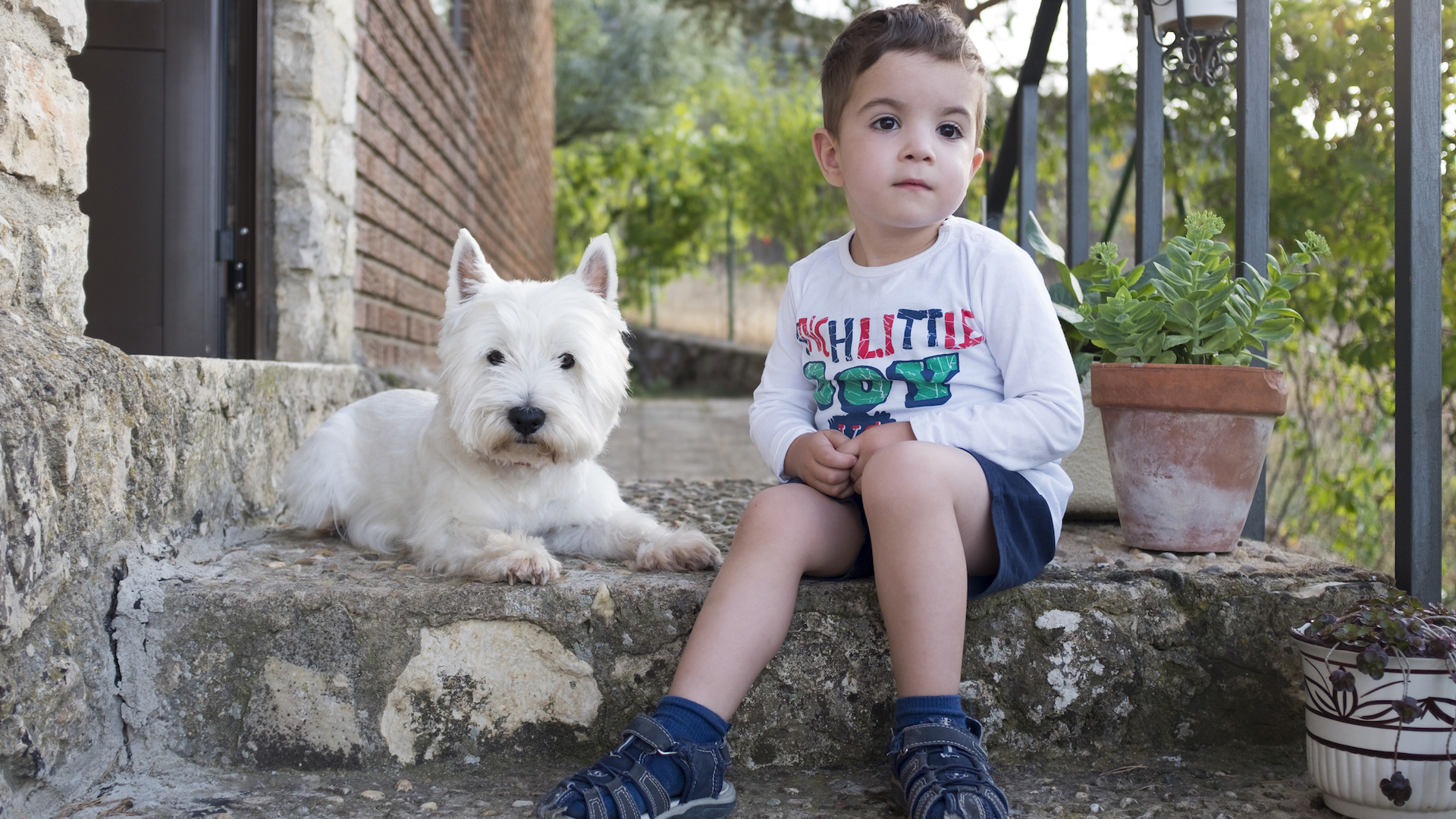
6. A willing playmate
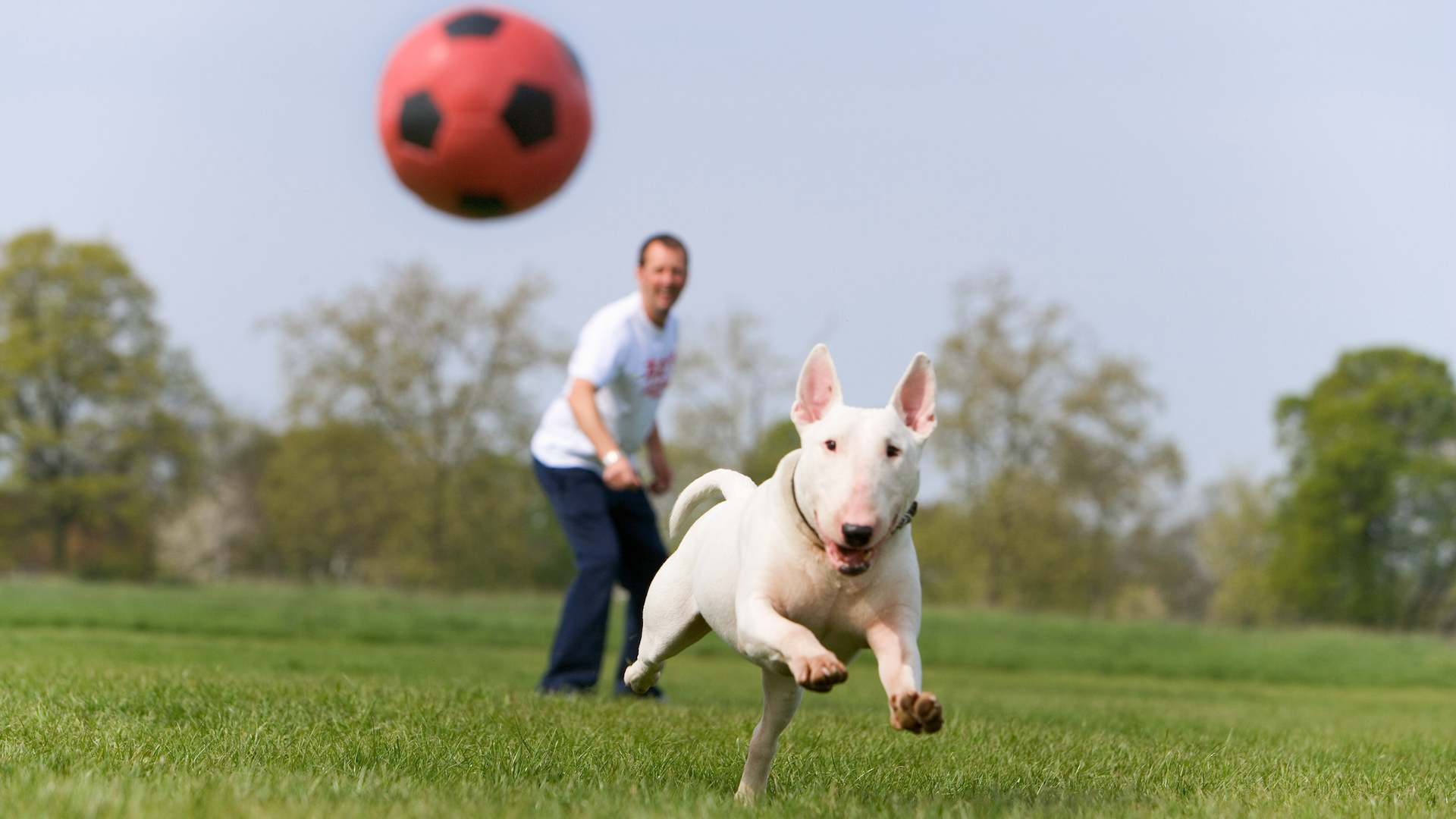
Cats tend to get bored with playtime. They'll tolerate it, even humor you by seeming to enjoy it for a while, but then they turn their tails and strut off.
Dogs on the other hand adore playing. They’ll play all day, and interactive games are their favorite. Have you ever tried to out-play a springer spaniel at fetch? They will go on and on, and on... They also enjoy tug-of-war, puzzle games, hide and seek, frisbee, anything that’s fun and involves you.
7. Dogs smell out trouble
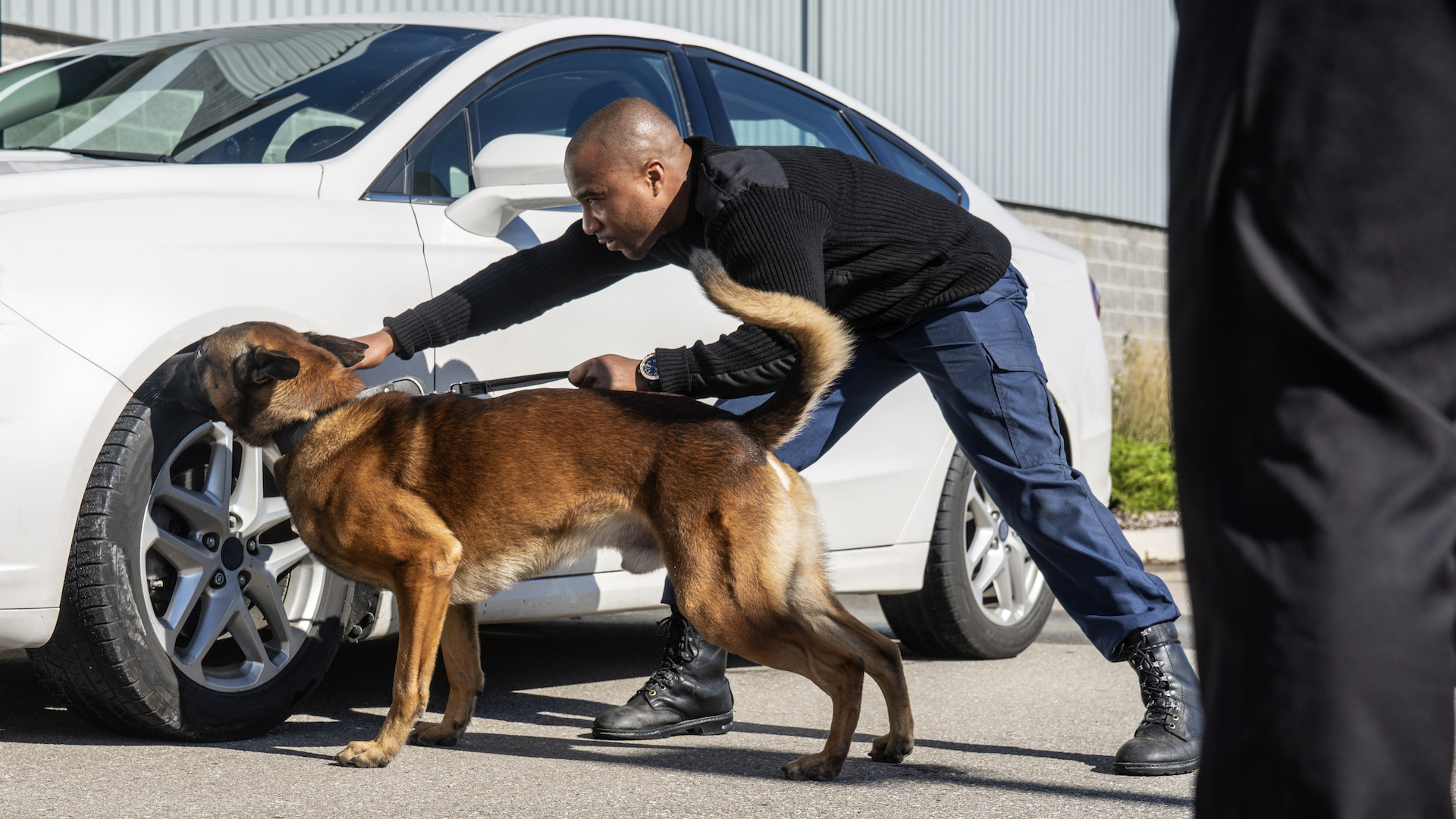
Dogs have such a strong sense of smell, and devote much of their brainpower to interpreting what they inhale through their nose. With training, they become adept at sniffing out trouble, whether it’s drugs, explosives, or at disaster sites. As it happens, cats also have millions of sensory receptor sites in their nasal cavity, but you don’t see them solving crimes. It’s not what you have but what you do with it – and cats leave the hard work to the dogs.
8. Dogs are trainable
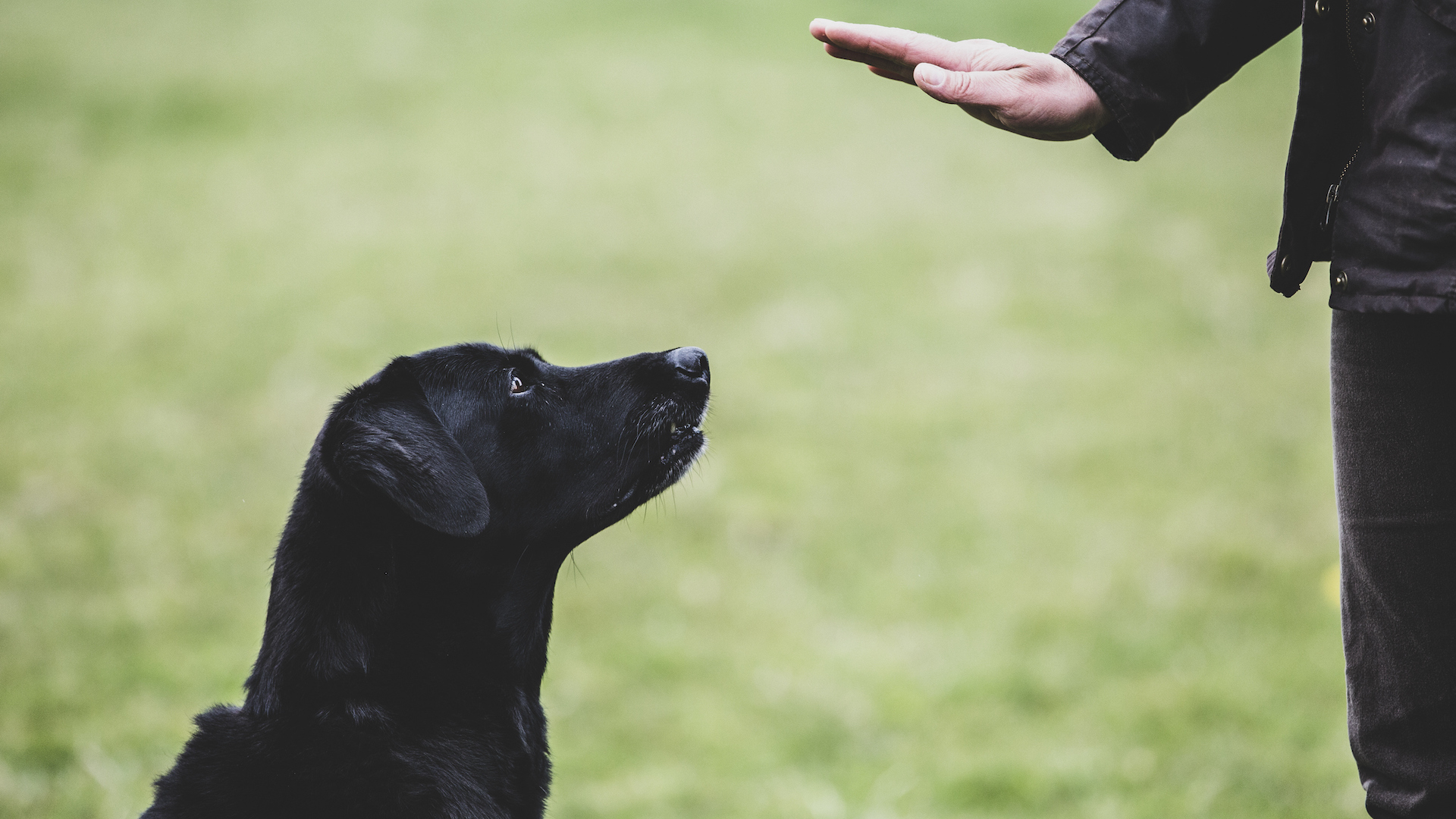
The expression “it’s like herding cats” to refer to an attempt to control the uncontrollable is founded in fact. Cats do their own thing. They can be trained, with some food motivation, to do some tricks, but only on their terms and they quickly get bored.
Dogs on the other hand seem to enjoy training, the challenge, the reward and the satisfaction of pleasing their handler. They take pride in doing a good job. Furthermore, they thrive on exercise and mental stimulation, and training supports that.
9. Their bathroom is outside
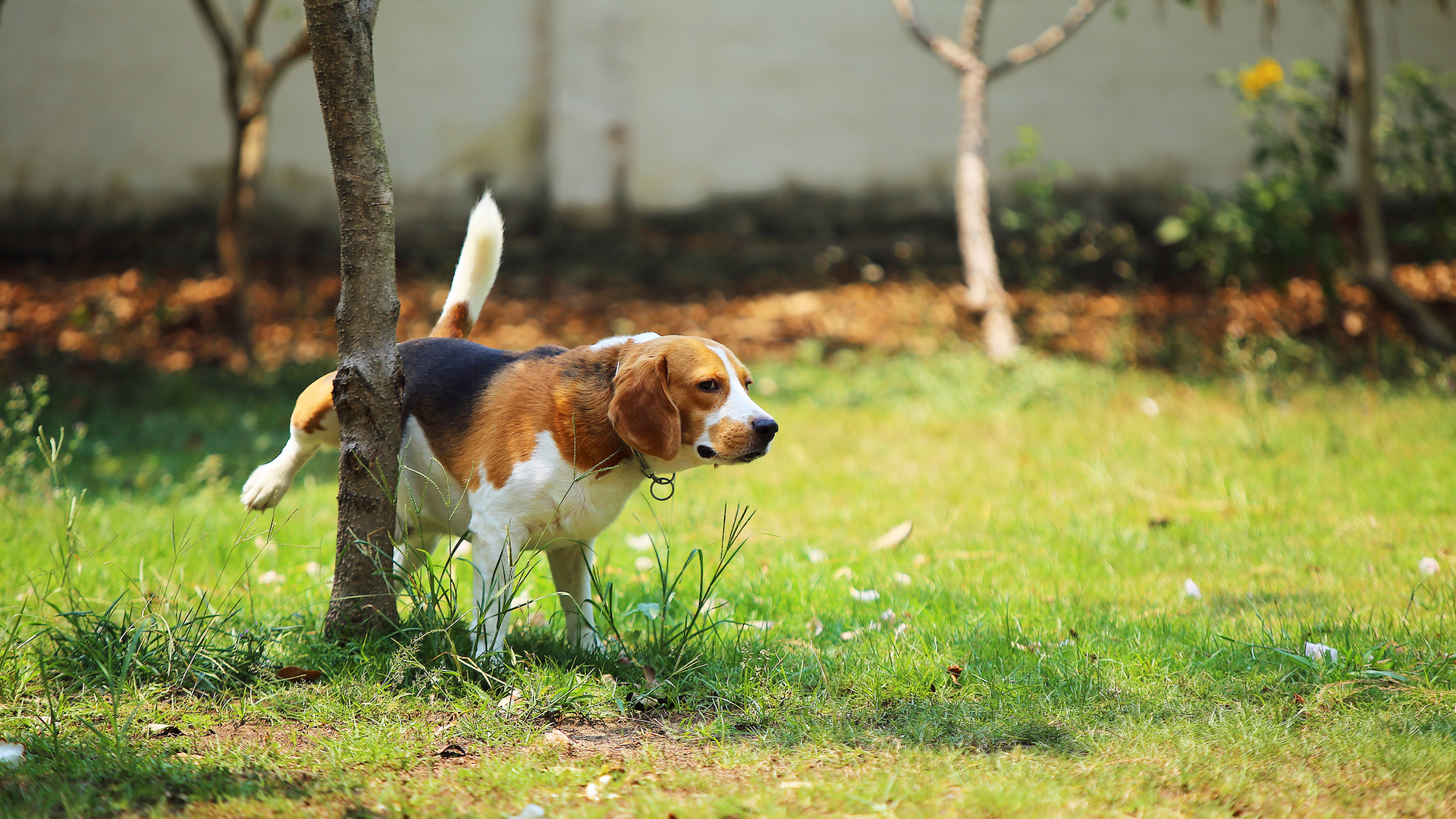
A litter tray is effectively an open toilet – and however a tidy a cat is about using it, whereas us dog lovers are pleased that our pets to do their business outside. They might need a bit of toilet-training as a puppy, and you still have to pick up after them, but the default location is not in the kitchen.
10. Dogs boost your dating skills
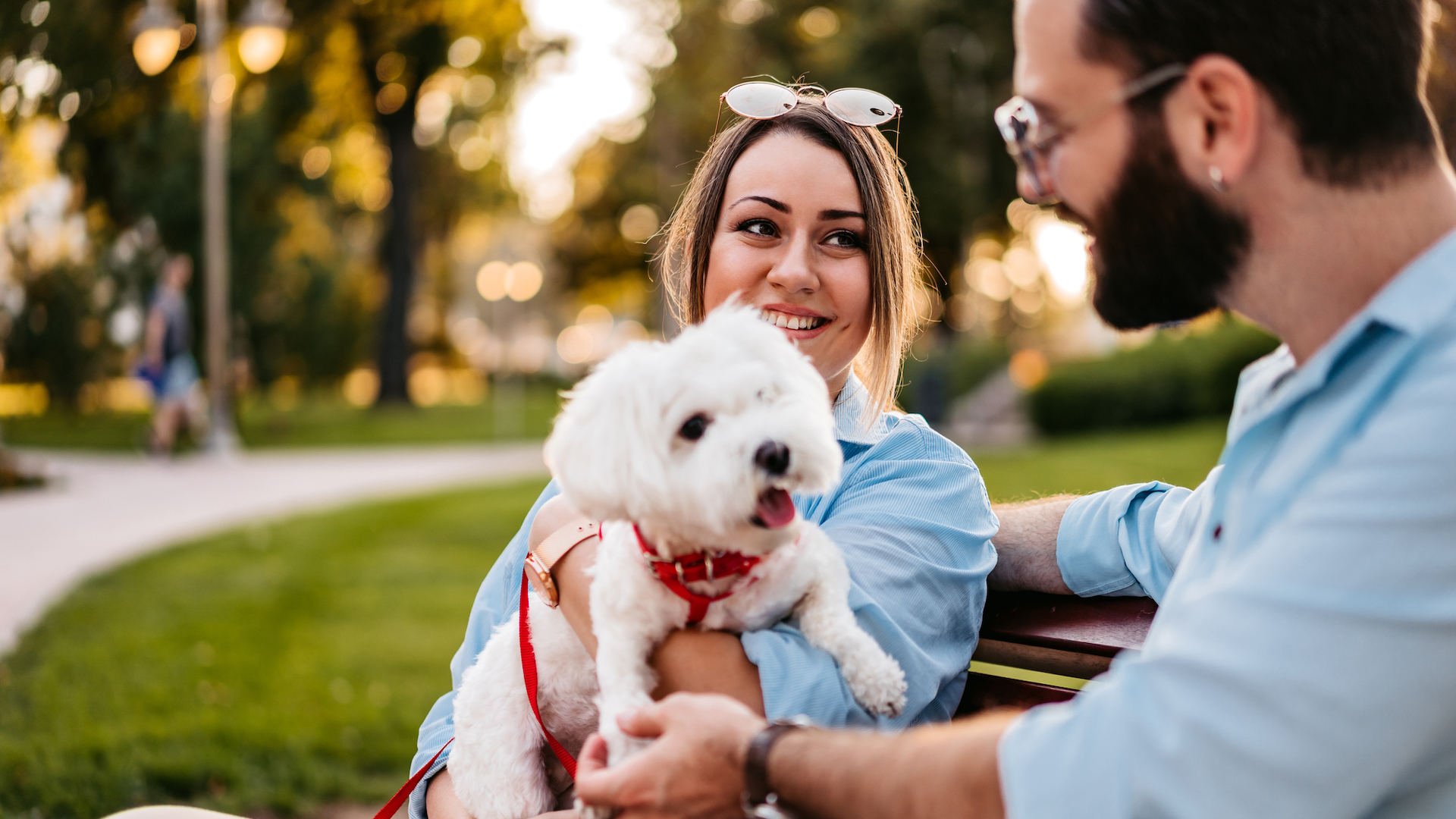
Several studies have shown that dogs improve your chances of finding a partner. Owning a dog makes people appear more responsible and empathetic, while women are more likely to click on men with dogs on dating sites than those without.
Women are also more likely to give their number to a guy with a dog than one without, and less likely to date someone who says they are a “cat person”.
11. Dogs improve your social life
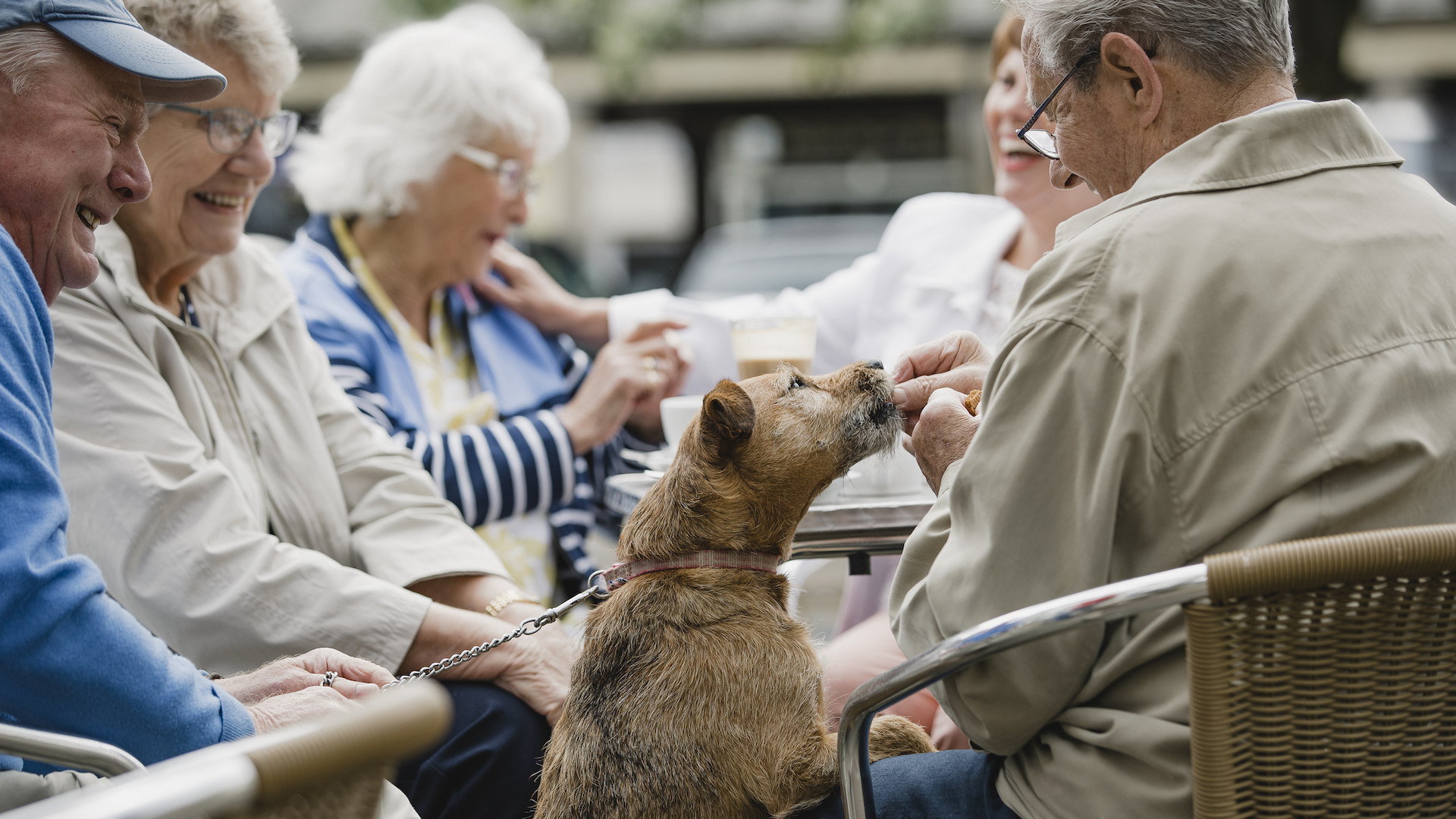
We know that pets of all kinds help people suffering from loneliness, but dogs go beyond just their own comforting presence. They are also a catalyst for human social interactions. Walking around with a dog in tow leads to more spontaneous conversations, especially with strangers, than when walking on your own – and it goes without saying that you don’t take your cat on a stroll the park.
Whether simply chatting about your dogs or the weather, the pooch’s presence makes for an easy ice-breaker for a conversation even both friends and strangers.
12. Dogs are seizure saviours
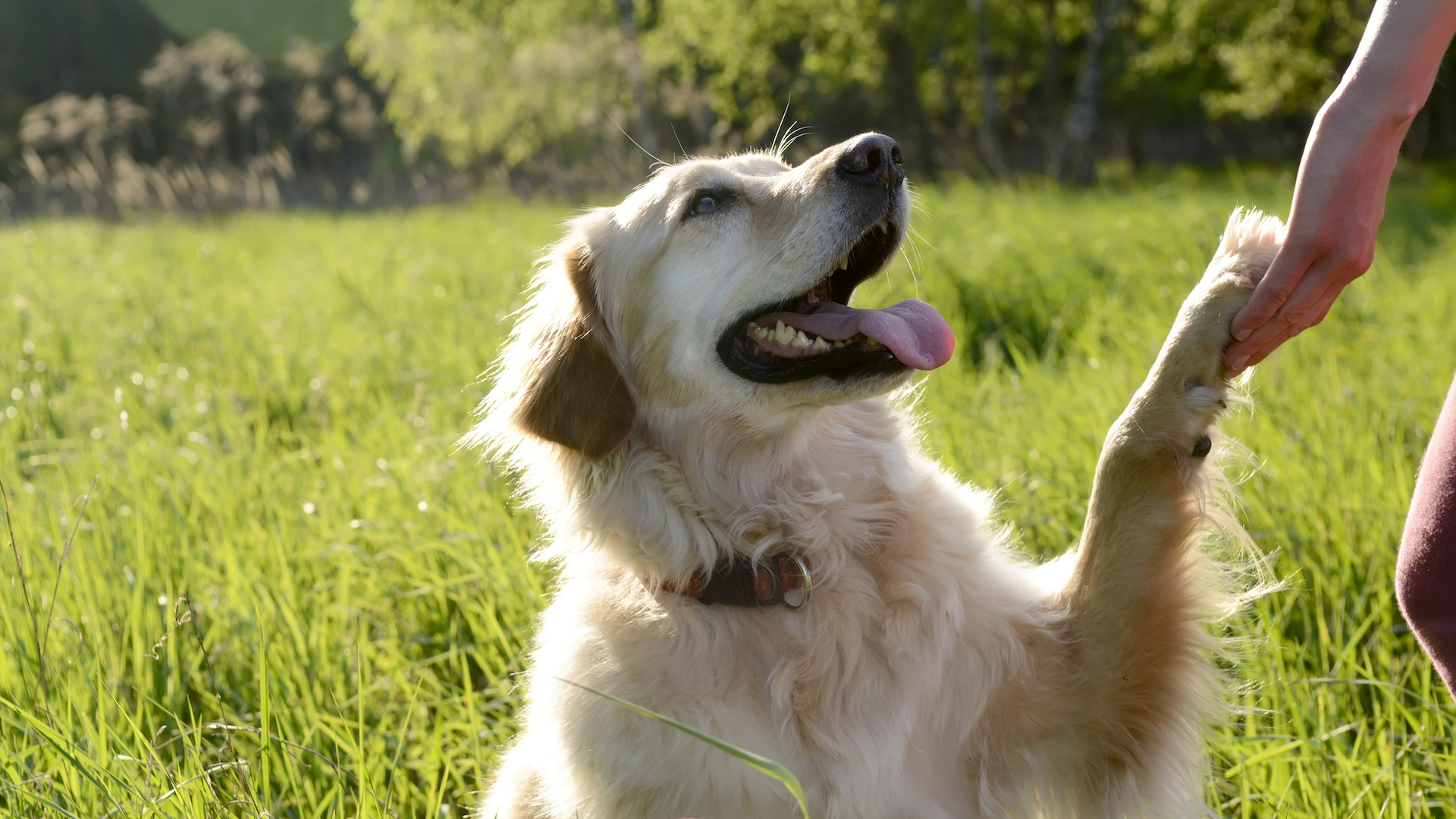
Whether it’s a sixth sense or an innate ability to detect particular behaviors, certain dogs can be trained to alert family members when someone is suffering or about to suffer a seizure (even several hours before). They may also lie next to the person while they are having the seizure to provide comfort and protection.
They will whine, paw or bark to get attention, and the very highly trained dogs can even use a button to call emergency services. A cat may have the intuition, but would probably just walk away from the uncomfortable situation.
13. Genuine loyalty
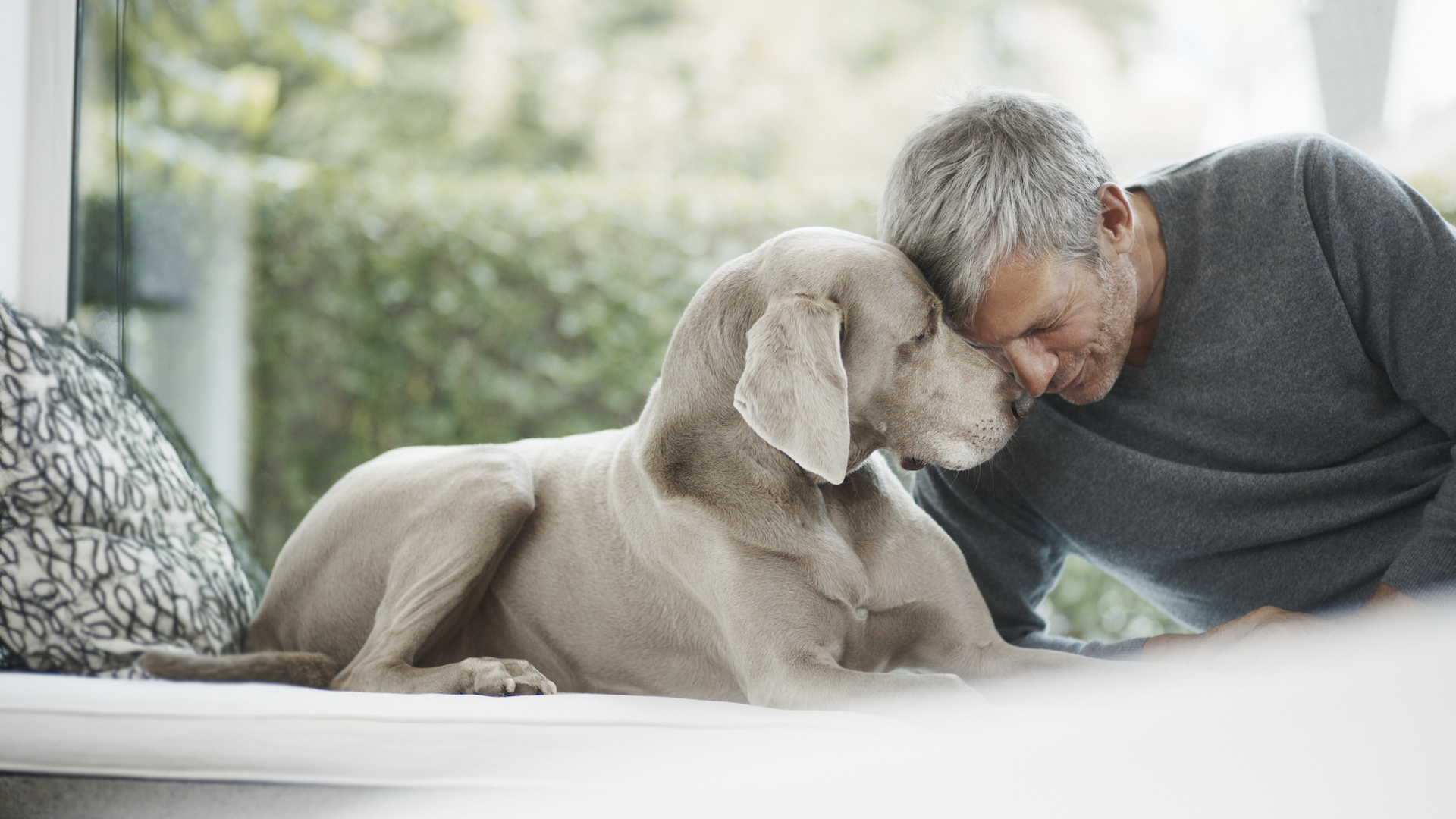
A cat “loves” you at certain times but a dog remains indefatigably loyal to his human all day, every day for his entire life. Cats tend to be keen on whoever provides food, whether that’s the neighbour or you, his lifelong owner.
Dogs, being natural pack animals, have an instinct to protect their people and typically form strong bonds. They are also capable of empathy – if you cry in front of your dog, you’ll know how much they care.
14. Energy dynamos
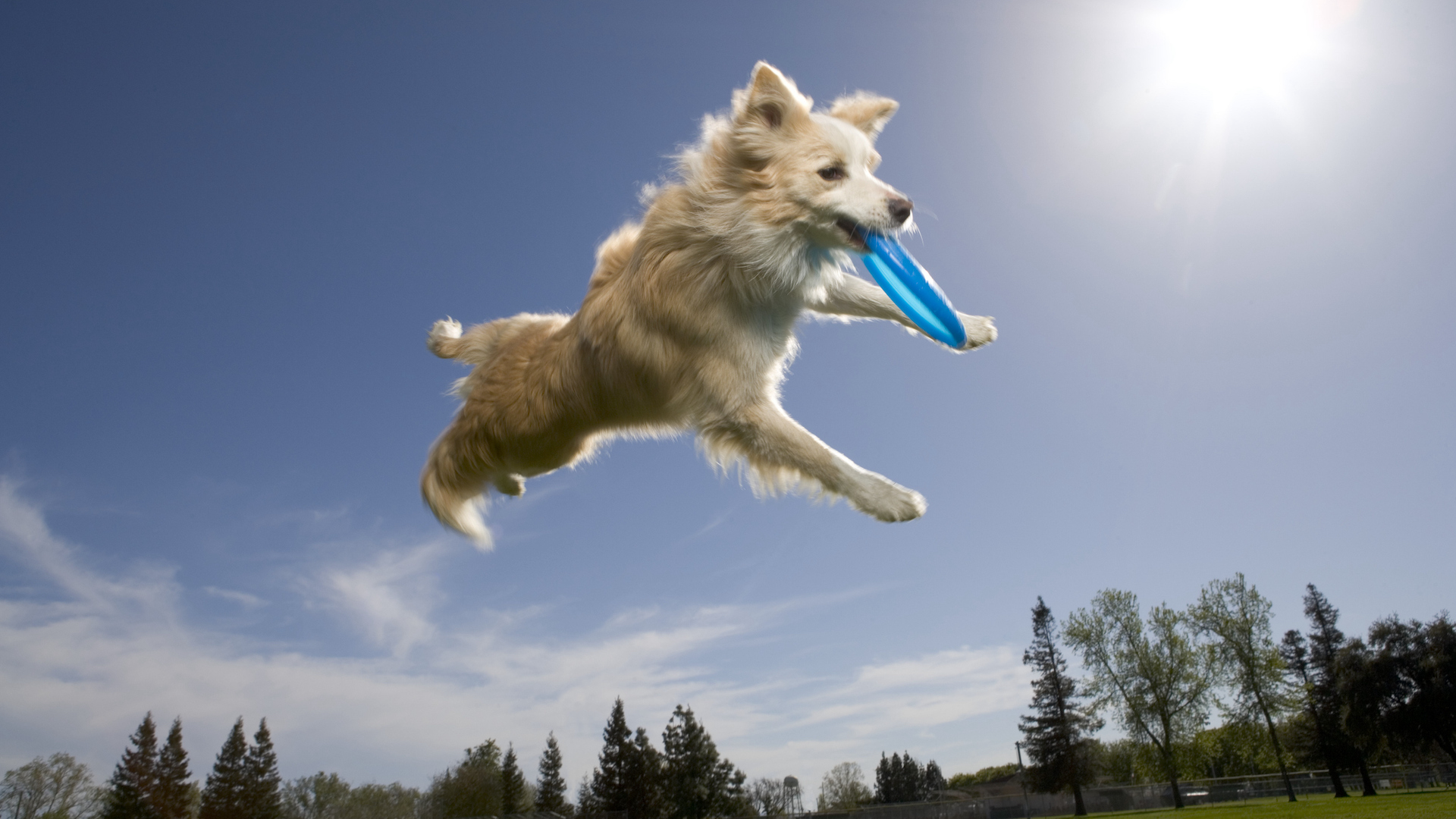
Cats, especially young ones, may have a very brief spell of spontaneous zoomies round the house, but nothing can match the enthusiasm of an excitable dog. Their energy levels are invigorating, and there’s nothing for it but to let them work it off with a good walk or game of fetch. Meanwhile, the cat will whizz around for a couple of minutes then go back to sleep.
15. Dogs can do sports
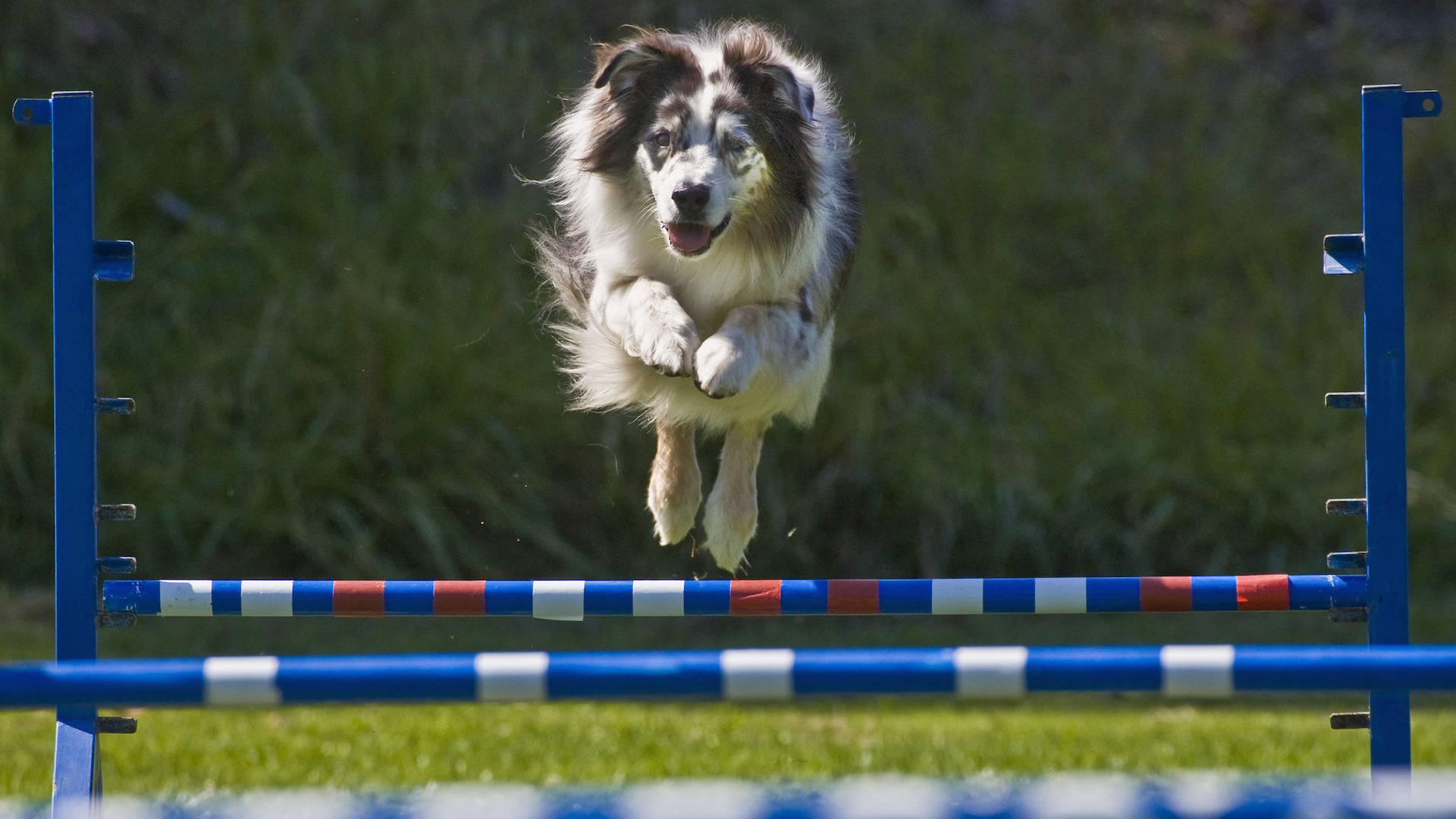
Dogs love to show off their athletic ability and let off steam. And this can be channelled into sporting prowess. Dogs love flyball, agility, canic-cross, sled-pulling, and many other canine sports that allow them to show off their skills, including in front of an audience. Cats prefer to curl up by the fire.
16. Heroes
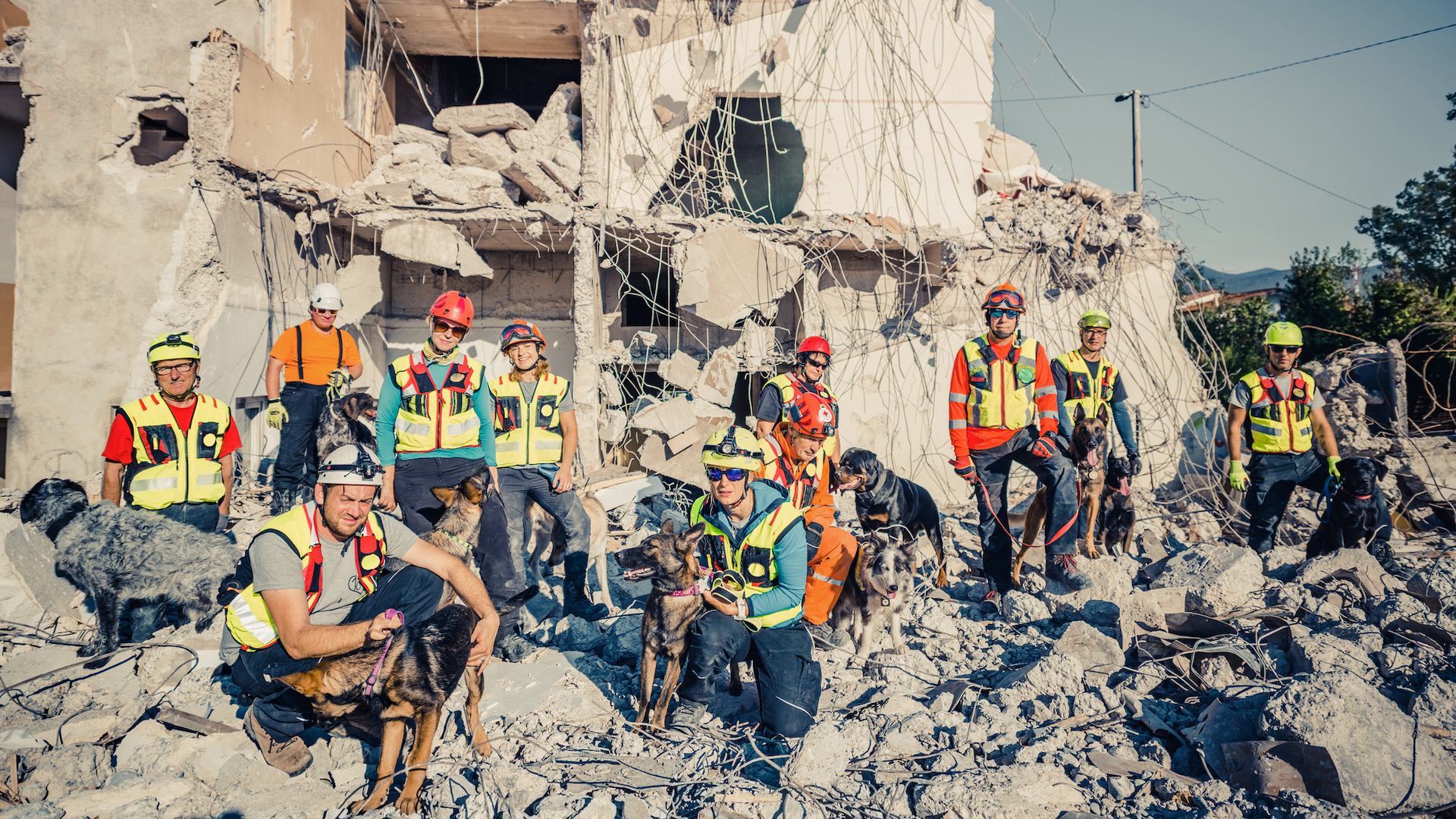
There are countless examples in the news about dogs saving lives. Whether it’s a search-and-rescue effort after an earthquake or bomb disaster, digging skiers out of avalanches or simply raising the alarm in the home that there’s a house fire starting, dogs have turned numerous potential tragedies into triumphs.
17. Preparing for a family
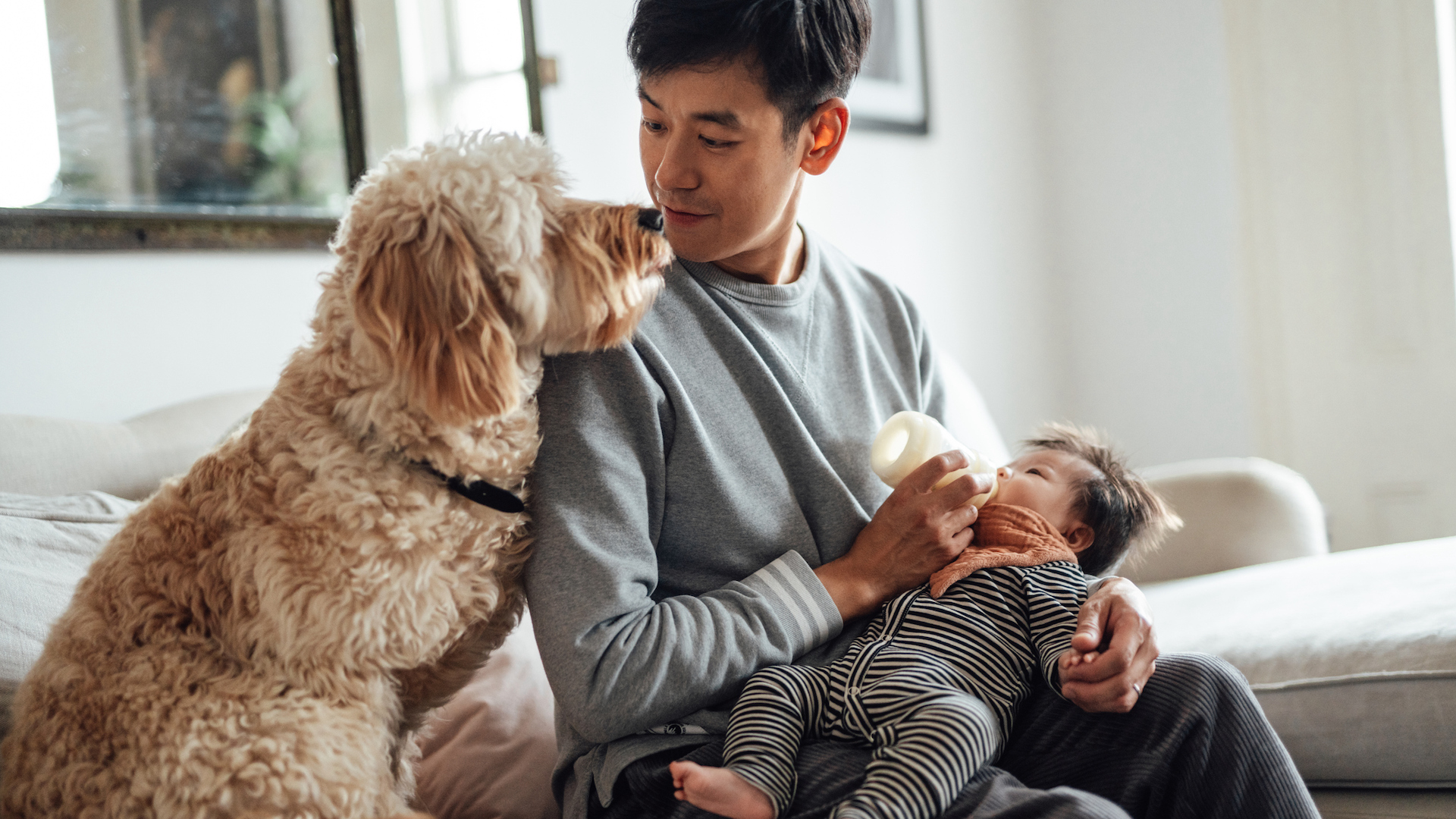
The movie Marley & Me exemplifies the role a dog can play in preparing for a family. Many couples acquire a dog before having babies, because the skills you learn in looking after a dog – such as patience and consistency – are essential qualities for parents. Practising with a dog gives you transferrable skills.
Cats, being more solitary and independent creatures, do not require the same level of nurturing, consistency, training, time management and patience.
18. Better for allergies
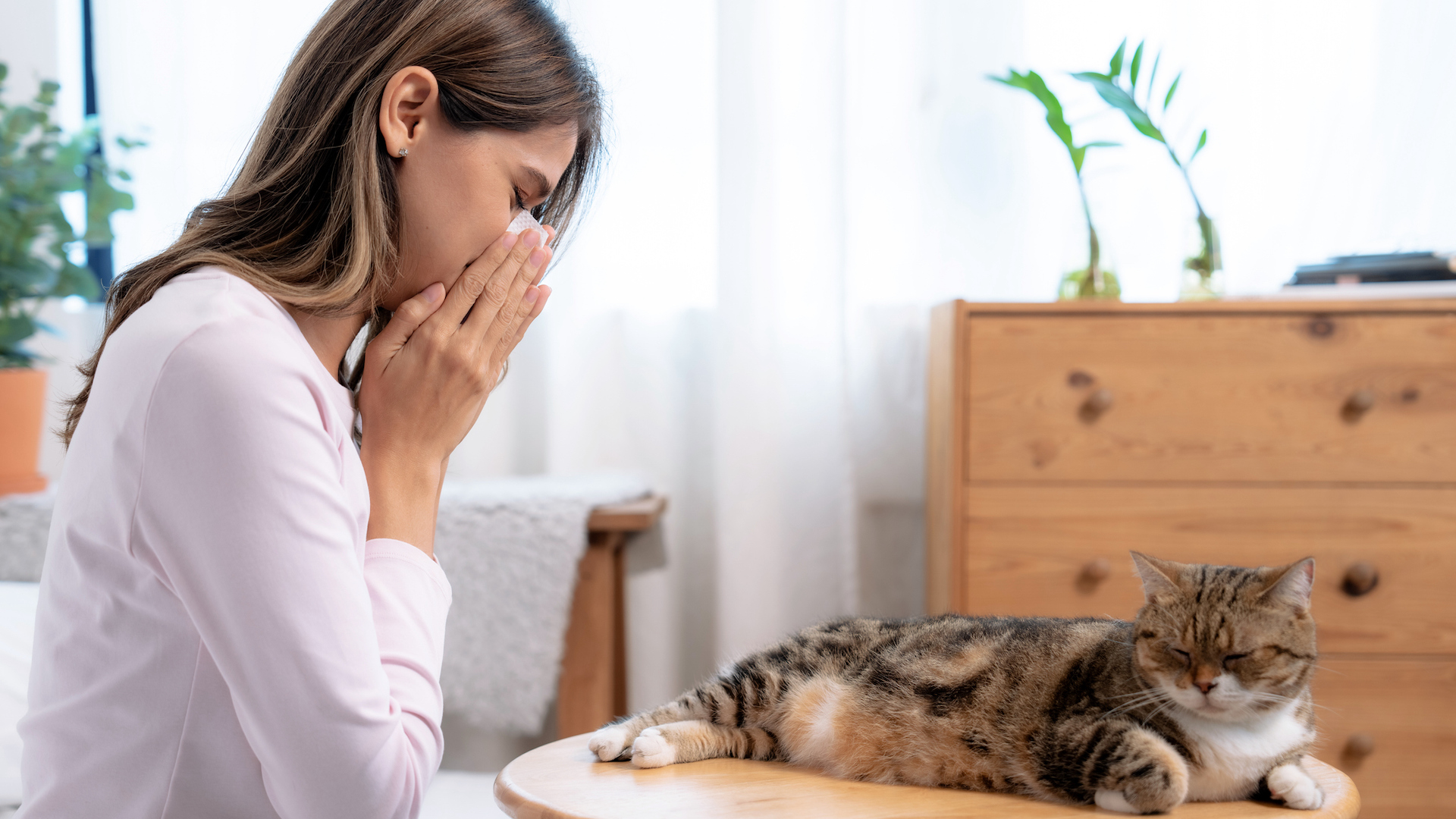
People can be allergic to cats, dogs or both. There are certain dog breeds that are better for people with allergies, as they shed less and therefore are less likely to cause allergic reactions. However, according the American College of Allergy, Asthma and Immunology, cats are twice as likely to cause allergies than dogs. The allergy is triggered by a protein in the cat’s skin.
19. Homecoming greeting
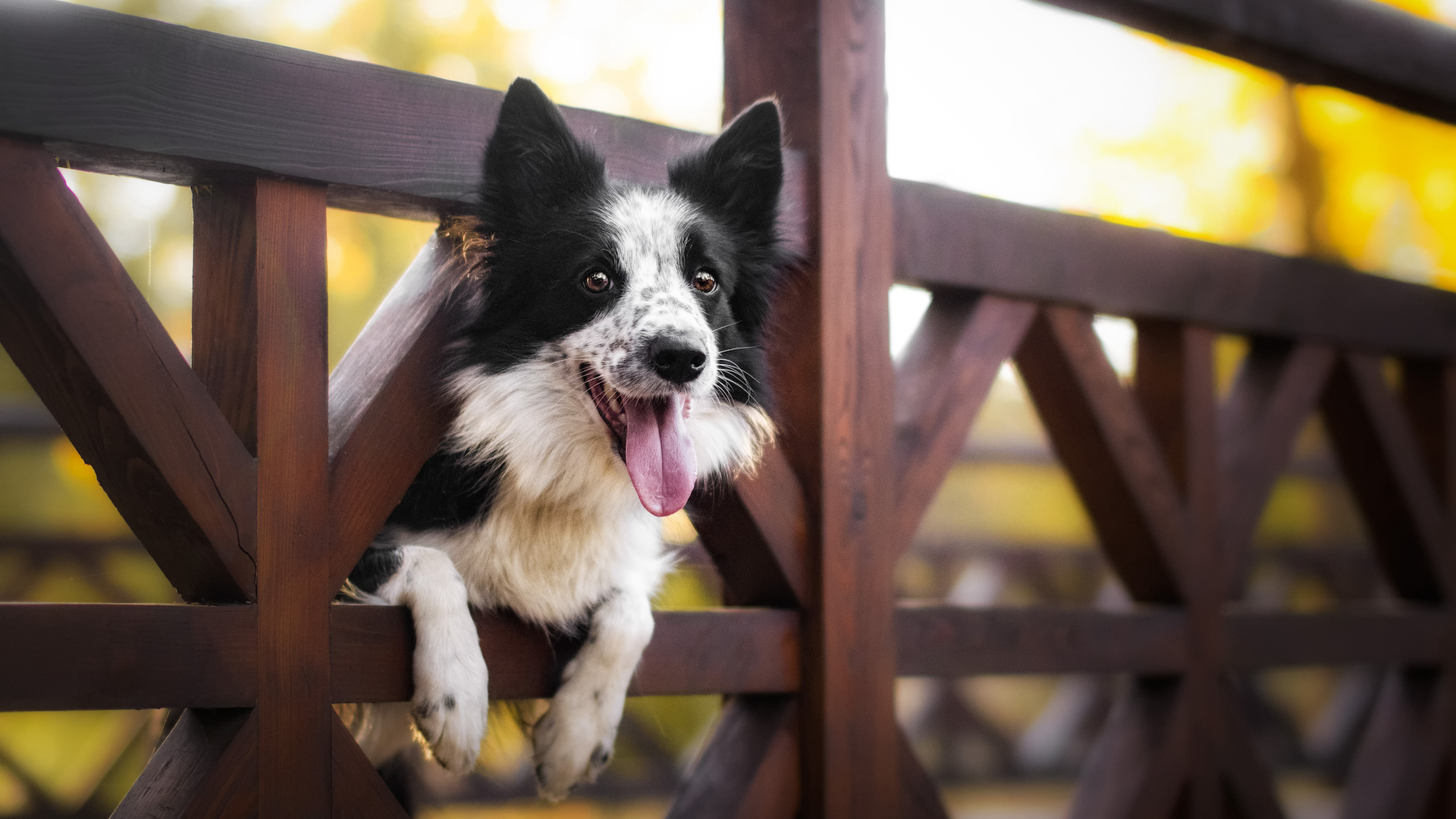
Dogs will greet you whenever you return home – whether it’s from a 30-minute groceries trip or a week’s holiday – like a long-lost lover. A cat will barely raise an eyebrow; did they even notice you left?
20. Great affection
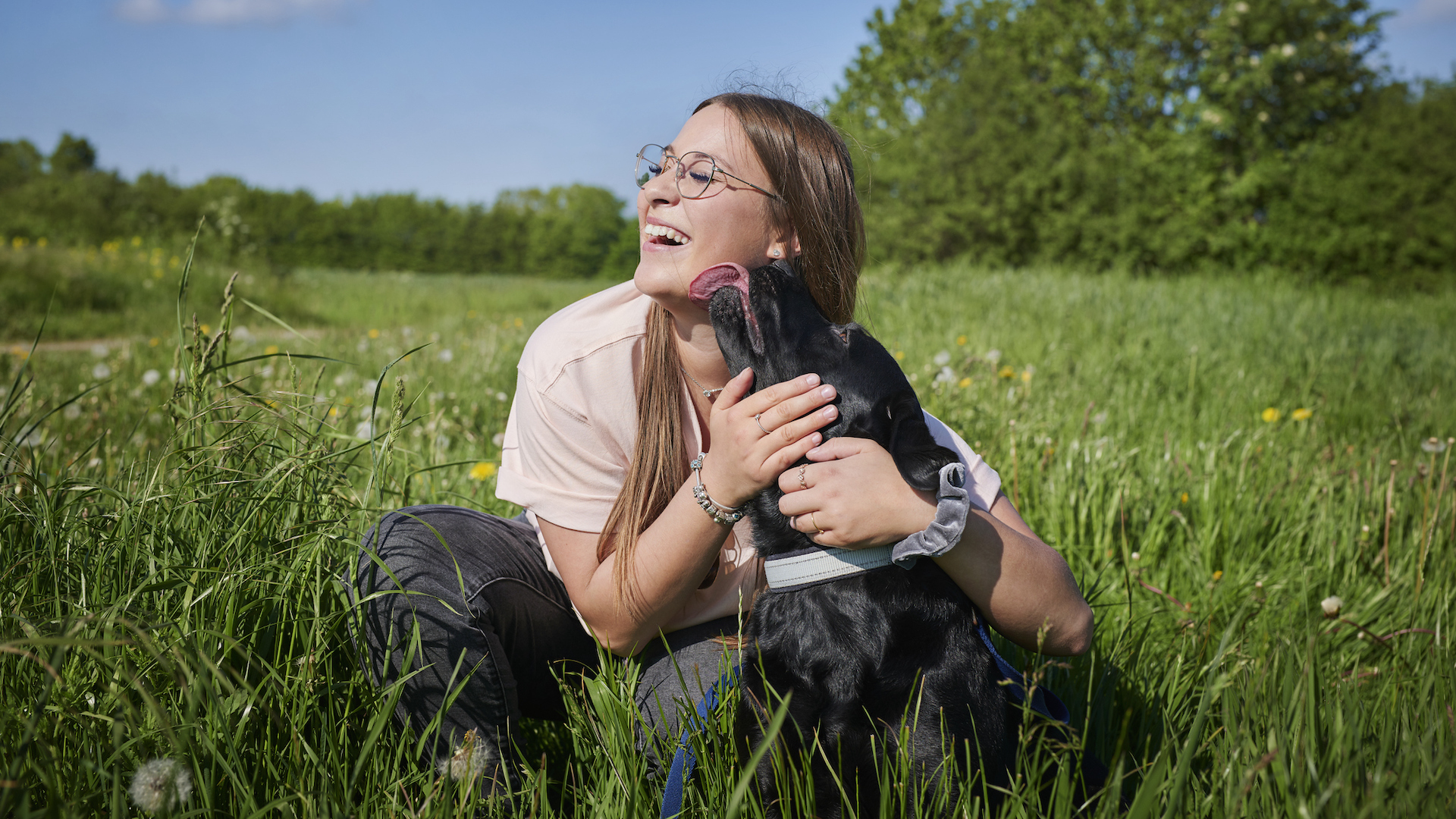
Admittedly being jumped on and licked isn’t for everyone, but if it’s full-on affection you crave then it’s a dog you want, and not a cat. The latter may purr for a few minutes when they’re content in your presence – but they may also purr without you, and they certainly wouldn’t stoop to showing that they’re thoroughly delighted to see you.
21. Better “gifts”
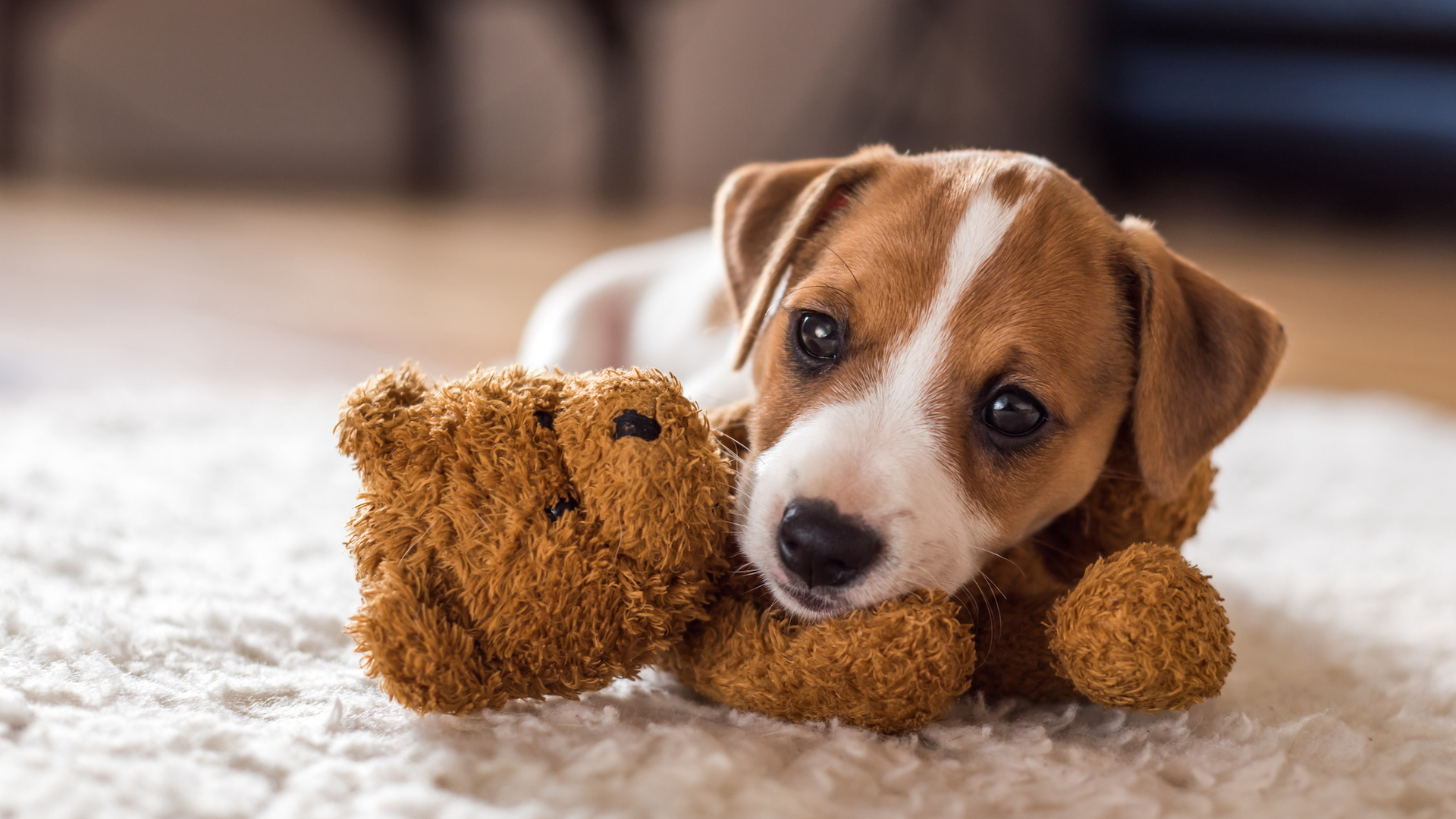
A cat’s way of showing his love is bringing his latest victim of prey, such as a dead mouse or a bird, as a trophy for your approval. This is repulsive for those of us who don’t like carcasses – fair to say, a majority of the population.
Most dogs are more likely to bring you their toy squirrel than a live one, and hope you’ll play with them.
22. The tail wag
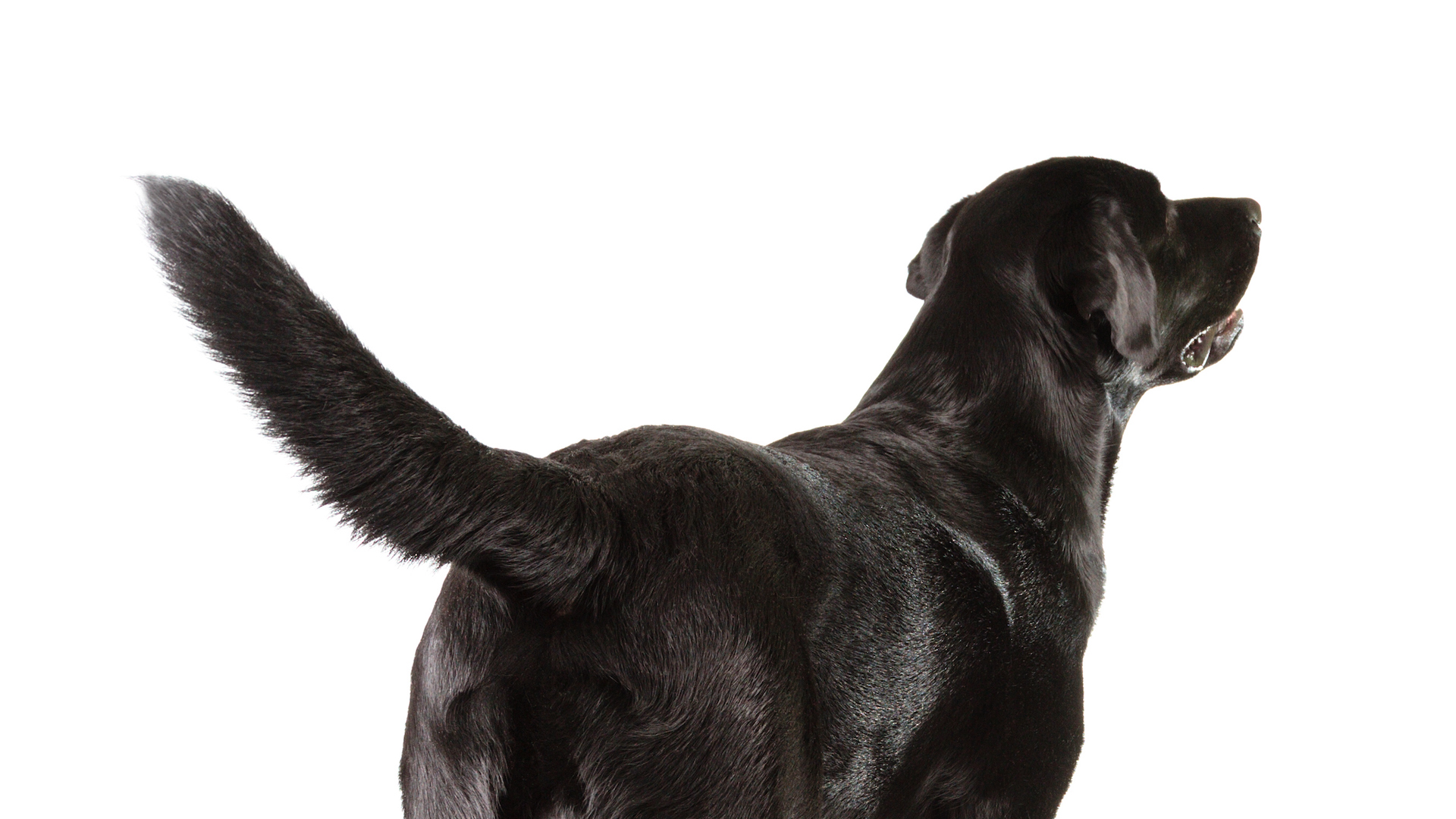
With a dog, a wagging tail can only mean one thing – happiness. And what a delight it is to see the sheer joy your dog gains from just being with you. A cat can wag its tail, but it’s anyone’s guess what it means. It might be unhappy, annoyed, hurting – or showing affection. Feline behavior is a sophisticated language, but we’ll take the happy waggy doggy any day.
23. The love hormone
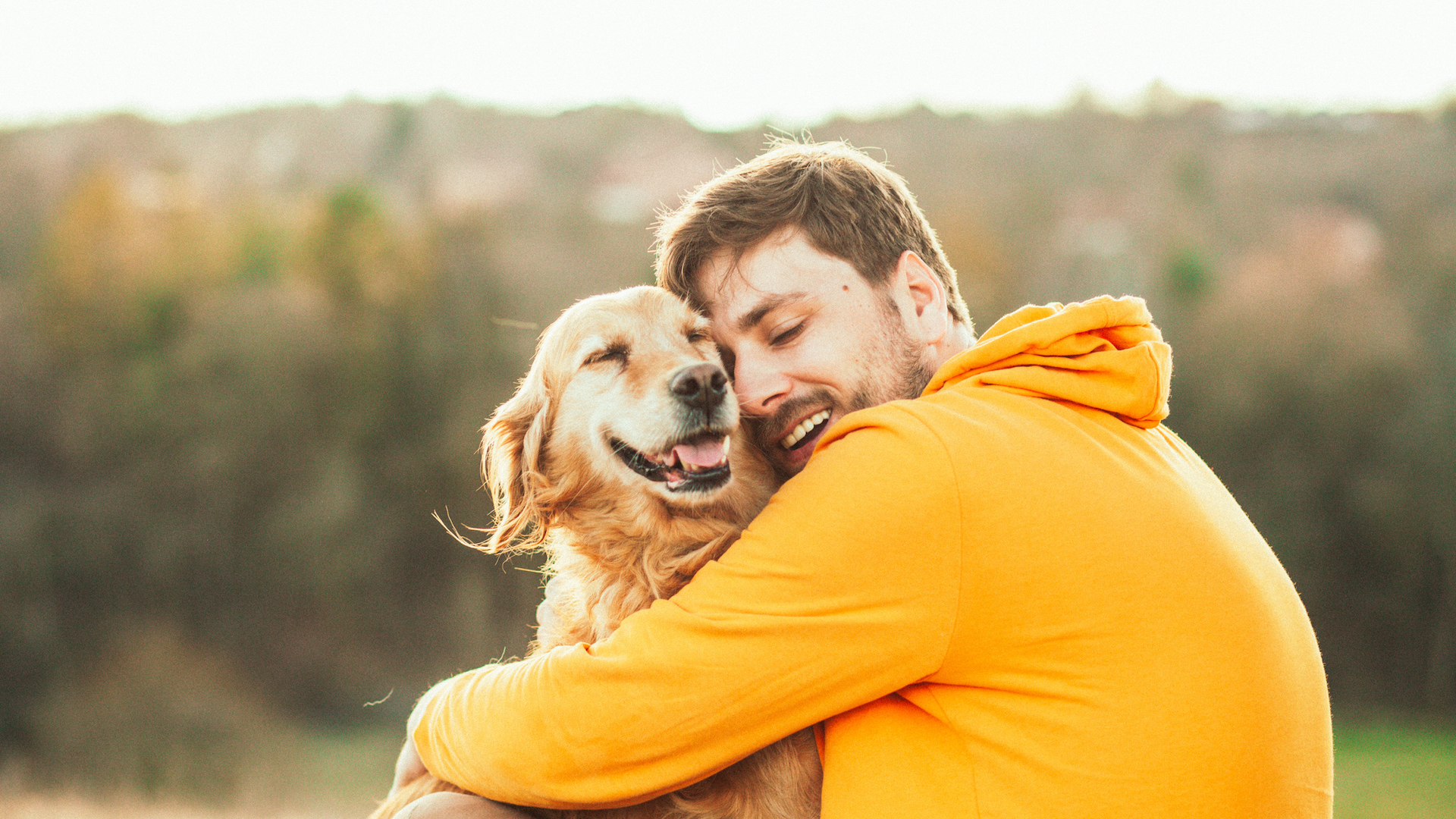
Studies show that when dogs and humans interact with each other positively (stroking, cuddling), both have a surge in oxytocin, “the love hormone”. It’s a similar chemical mechanism in the bond between a mother and her baby, and shows a deep connection of love and deep trust.
Conversely cats, which in the wild don’t need to be part of a pack in the same way as dogs, don’t exhibit this surge in oxytocin – they just aren’t huggy creatures!
24. Therapy dogs
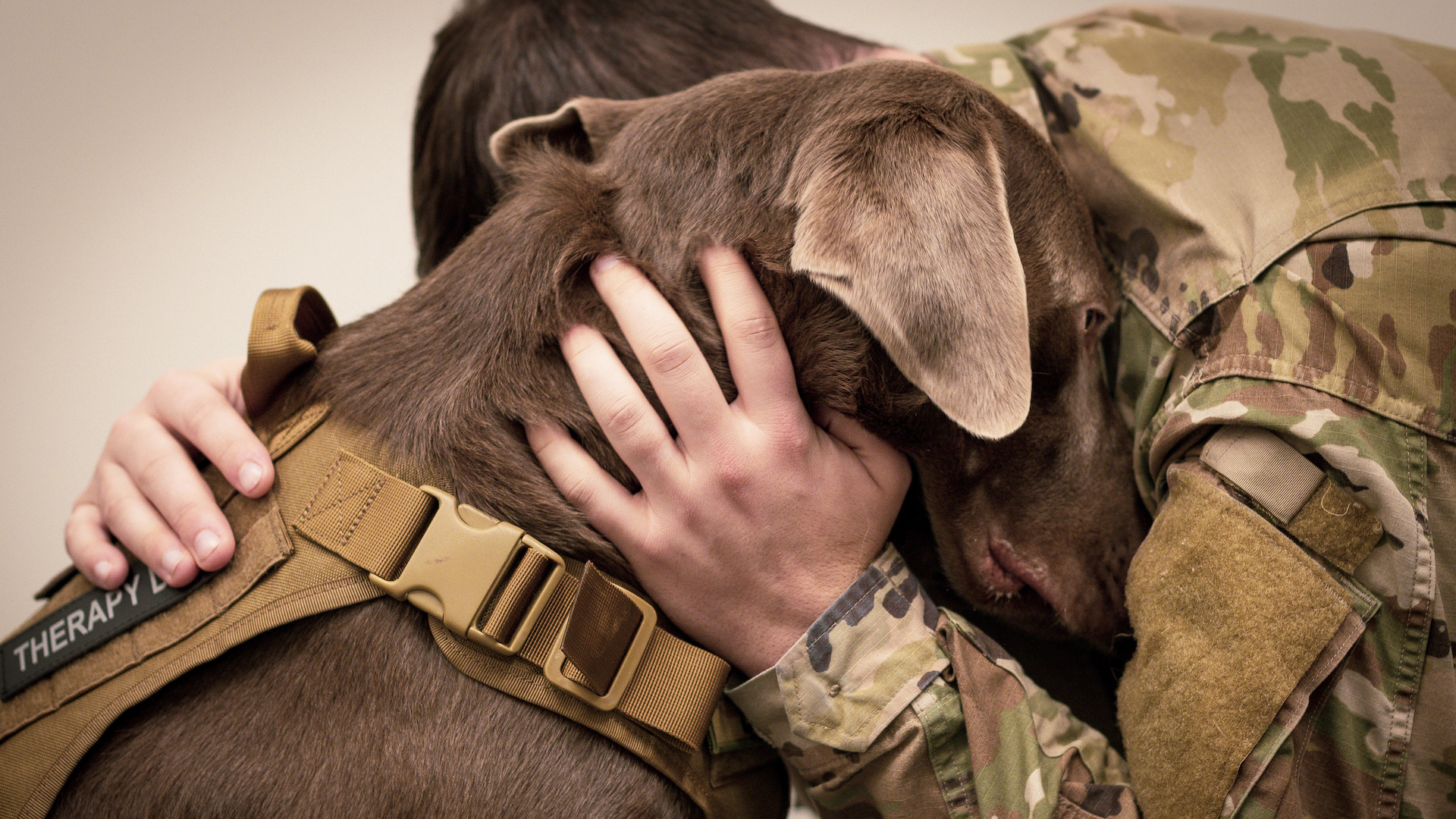
Granted, cats are also used for therapy, but dogs are the go-to pet for this type of service. Dogs are generally less stressed by leaving their own home, and tend to be more welcoming to strangers, especially those dogs trained for therapy.
There is evidence of dogs’ ability to transform lives and reduce rates of suicide, especially among veterans. Organizations such as Service Dogs UK use canines to help humans overcome issues such as Post-Traumatic Stress Disorder, feelings of isolation and depression, and regain their sense of purpose.
25. Dogs make you laugh more
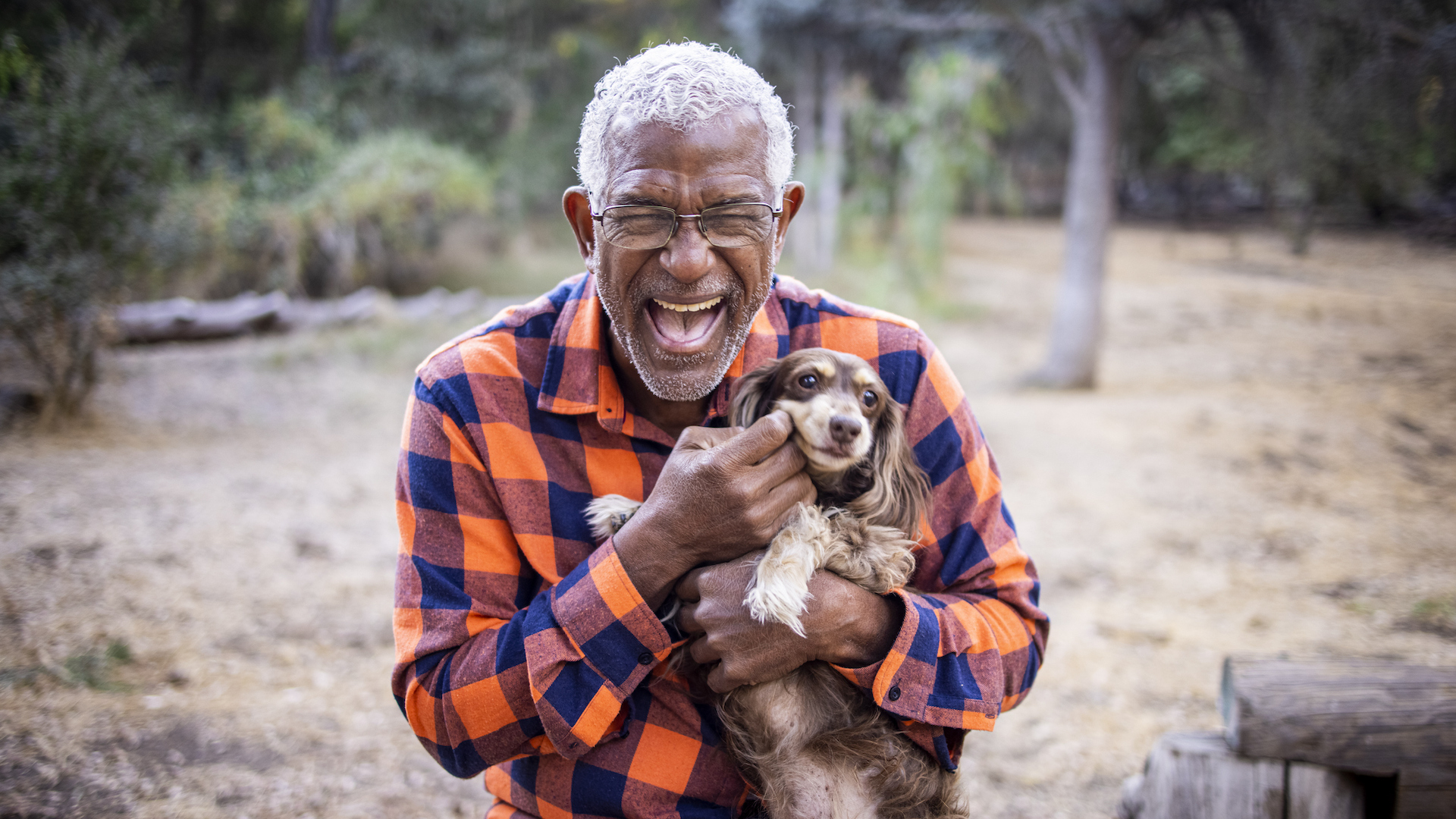
A study by the Animals and Society Institute has shown that dog owners laugh more than cat owners – although people who owned both, and people who owned neither, also laughed more, at spontaneous situations.
26. Dogs’ role in war
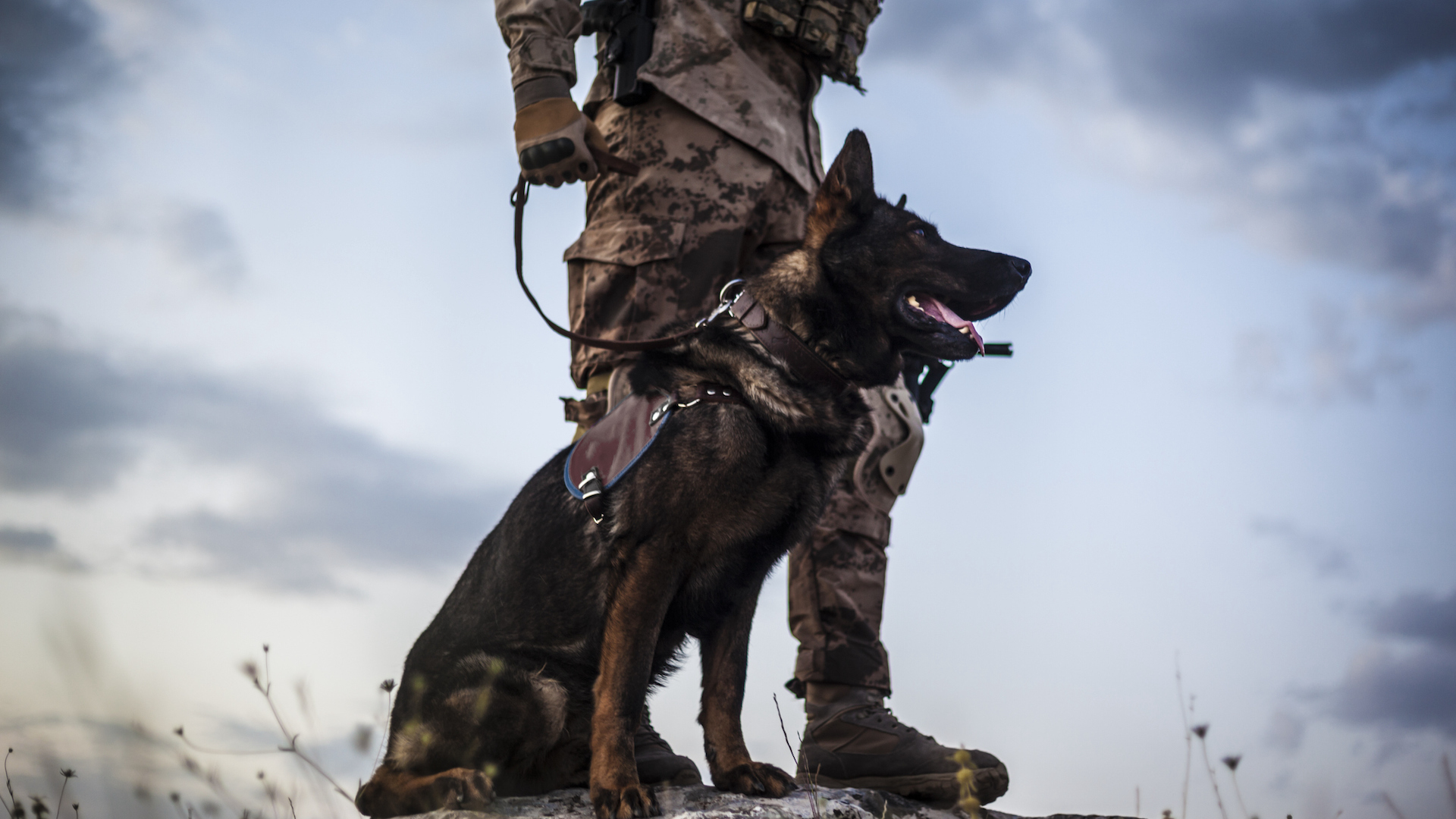
Dogs have played vital roles in wars through the years, and many have been honoured for their work. Dogs have been used as guards dogs, scouts, trackers and messengers. With their loyalty as well as their innate skills (scenting, stamina, guarding), they have proved worthy allies on the battlefield. Several dogs, such as Chips and Sergeant Stubby, have become famous for their actions. There are no such feline war veterans.
27. Less likely to get fleas
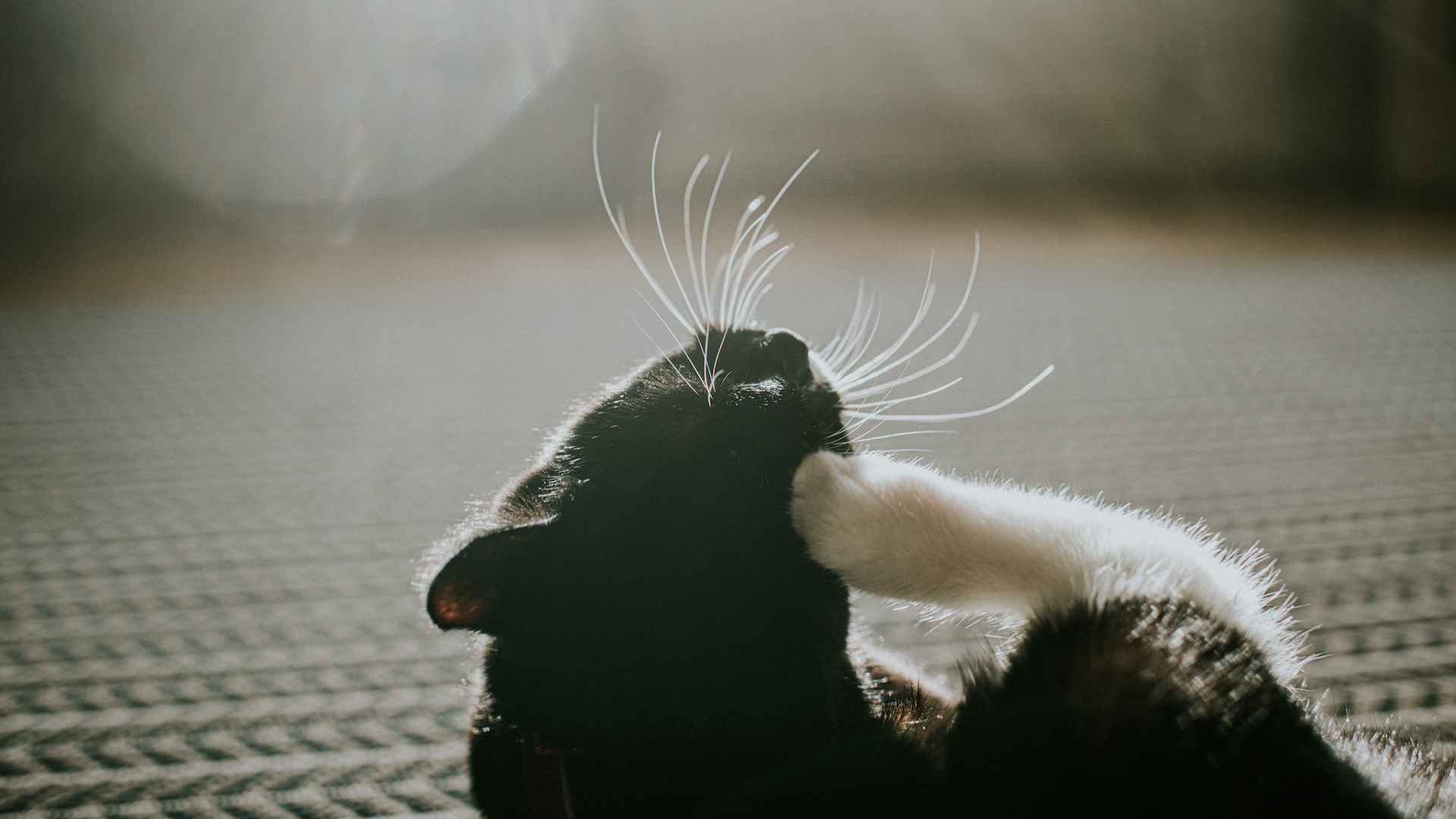
Both species are prone to flea infestations, but cats are much more likely, according to several studies, including the Big Flea Project, carried out by the University of Bristol. Their study found that one in four cats had fleas, compared to one in seven dogs.
28. Cats go AWOL
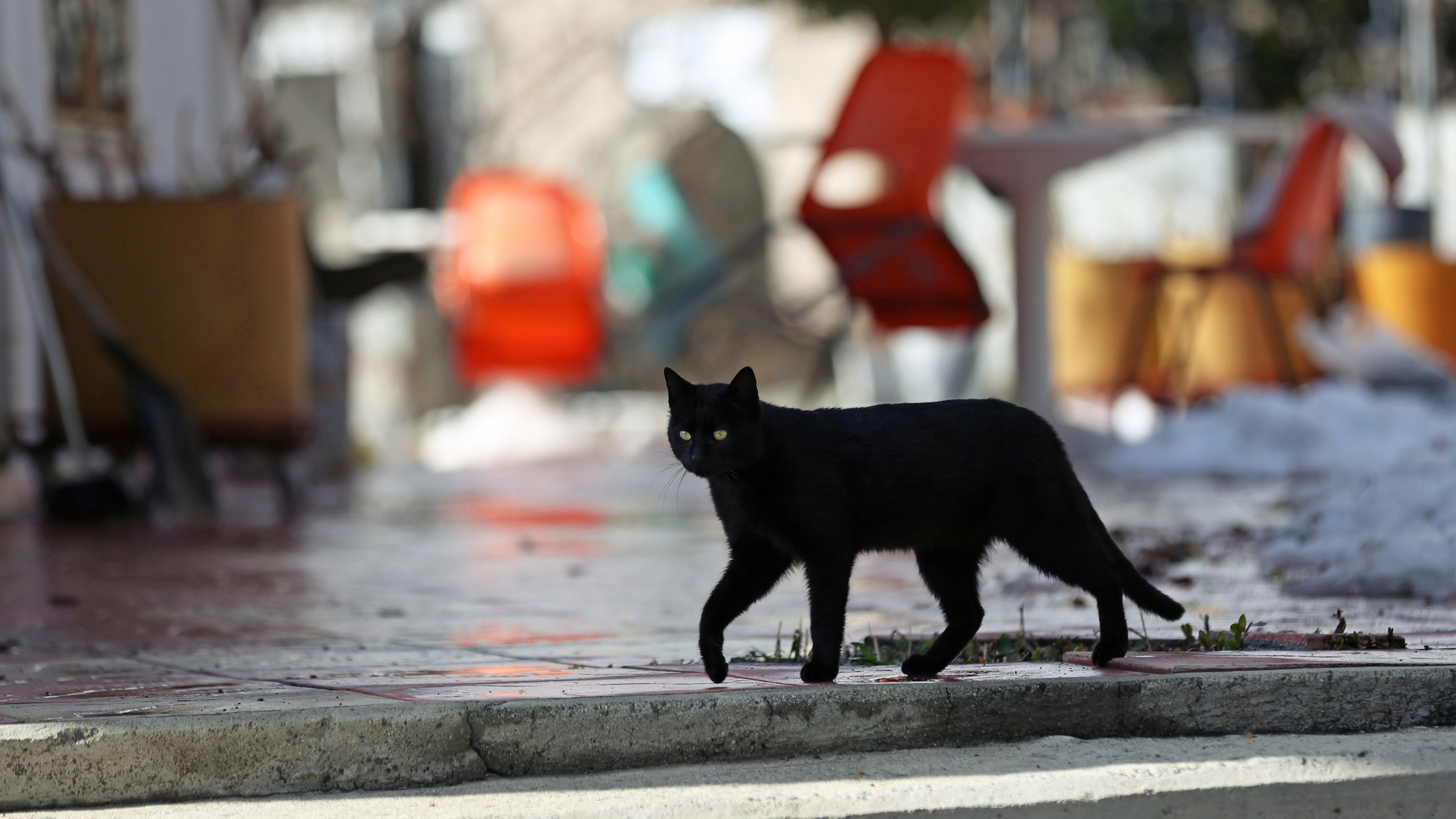
More than half of UK cat owners say their cat has gone missing at some stage. Dogs like their home comforts and their pack, so are much less likely than a cat to disappear for hours, sometimes days on end. Male cats in particular are partial to go out on the town with no sense of curfew.
A cat may decide he needs to run away in the face of any upheaval, such as moving house, a new baby, their owners going on holiday, a new cat or pet arriving, packing and so on. A dog may be a little unsettled, but very rarely would it cause them to flee.
29. Dogs deal better with disruption
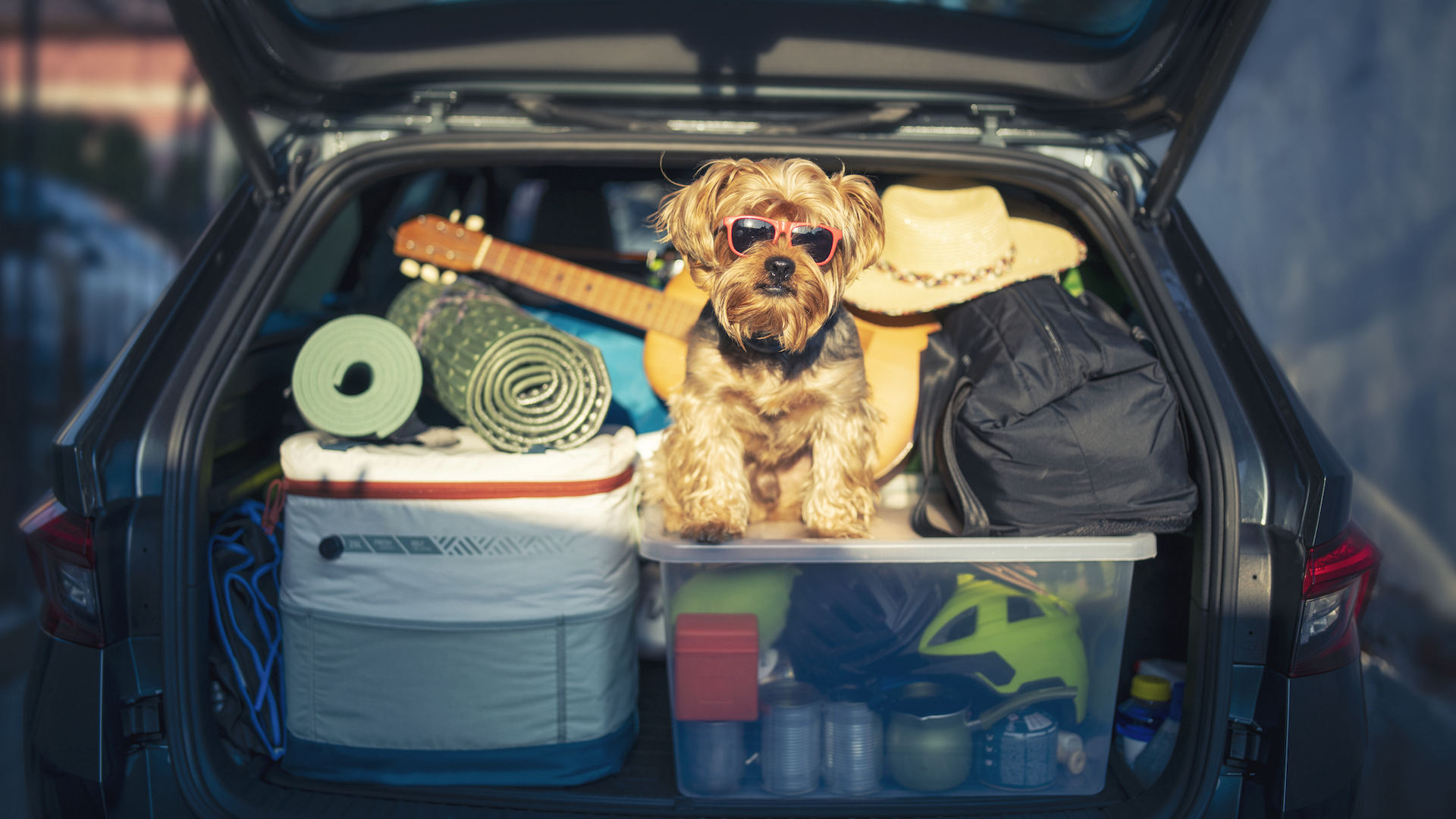
A dog accepts his place in the pack, and therefore is better able to cope with big life changes. A dog tends to bond with a human, so as long as that human is around, he settles easily. A cat, being more independent, won’t look to the human for help. A dog also thrives on routine, which is very settling, whereas a cat is more capricious and therefore harder to soothe if they are restless.
30. Dogs are friendlier
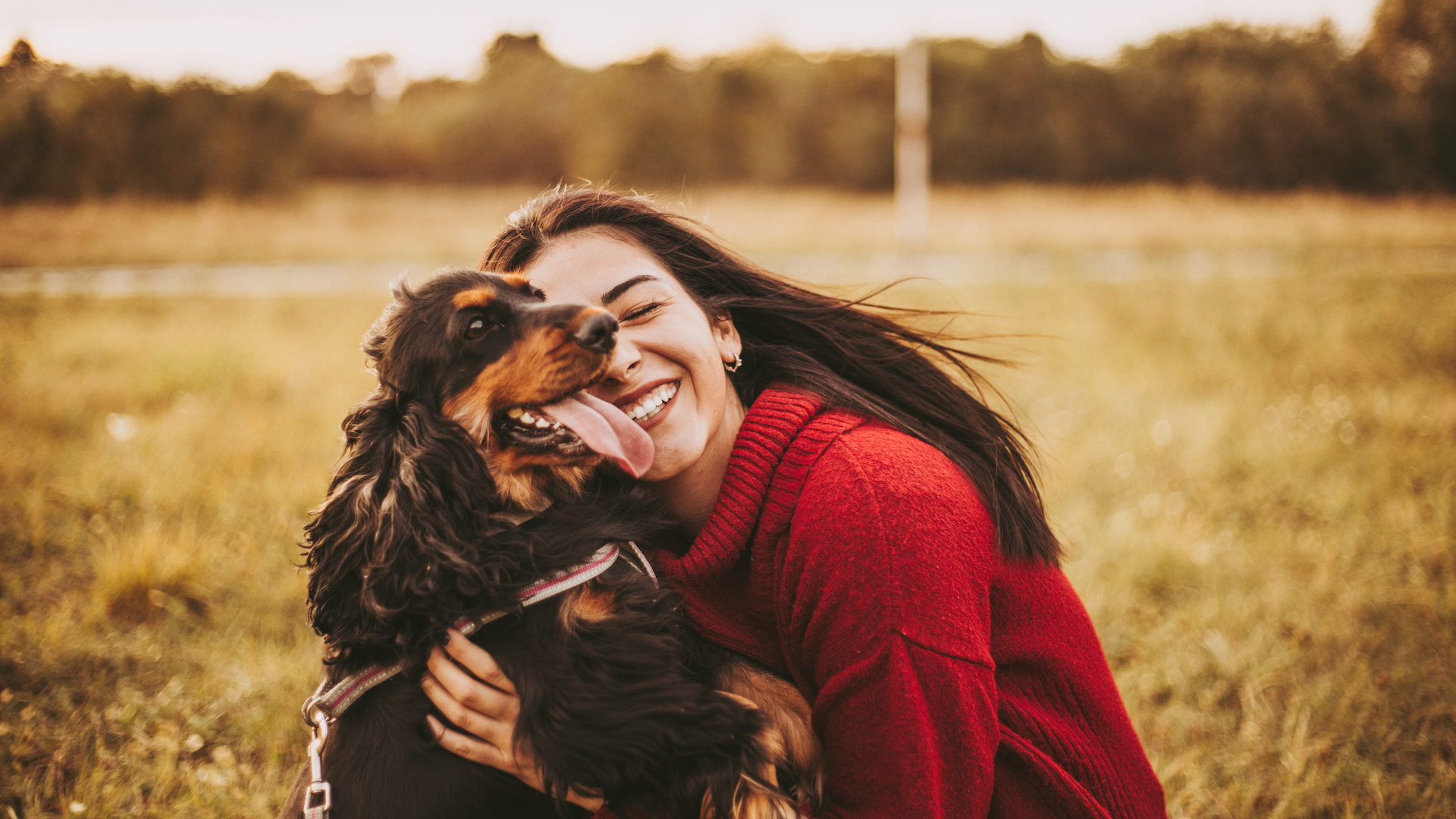
As a pack animal, dogs tend to demonstrate more positive social behaviors than cats do. They are more likely to make eye contact with strangers, follow human cues and respond to human emotions. Cats are independent and can be aloof. They are less responsive to emotional signals, and much less likely to approach strangers.
31. What does a cat actually do?

Cats arguably serve little practical purpose, in comparison with dogs, who love to have a job. There are plenty of working dogs, whether it’s in the hunting field, retrieving game, or as service dogs in various capacities (guide dogs, therapy dogs, sniffer dogs), but even in the home, they can’t help being useful. Perhaps your pet dog brings you the newspaper or mail, he barks when there are visitors – or intruders – he protects the family.
A cat catches mice, and that’s about it – and if you get a feisty terrier, he’ll do that for you too.
32. Hairballs
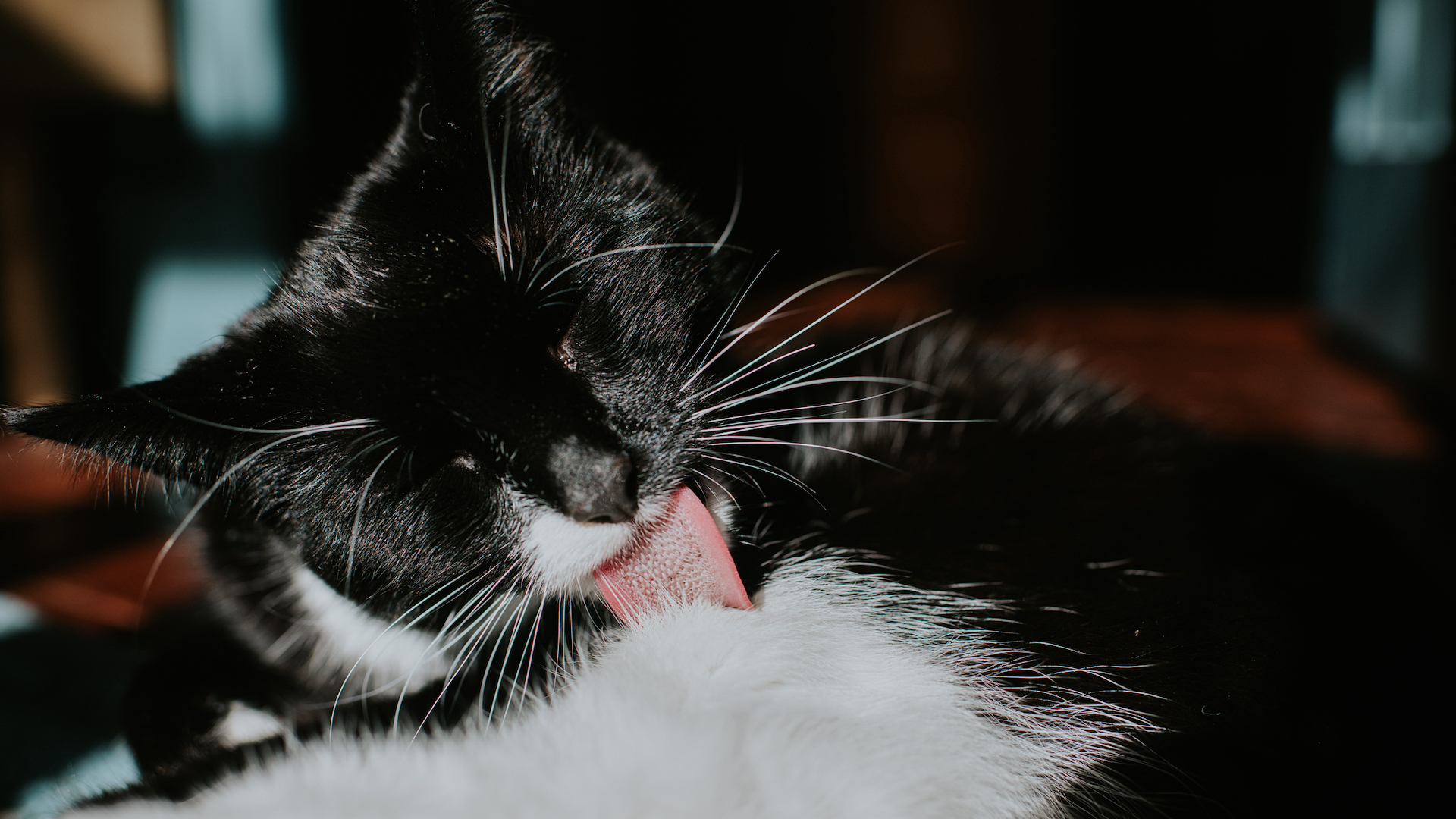
Cats regularly vomit hairballs, retching until they have delivered the unpleasant mess on to the carpet. Cats naturally lick themselves clean, it’s their way of grooming themselves, and this involves catching a lot of fur on their barbed tongue, swallowing it and then now again vomiting it up. Dogs don’t do this.
Want to read more? Check out 32 of the most famous dogs.







